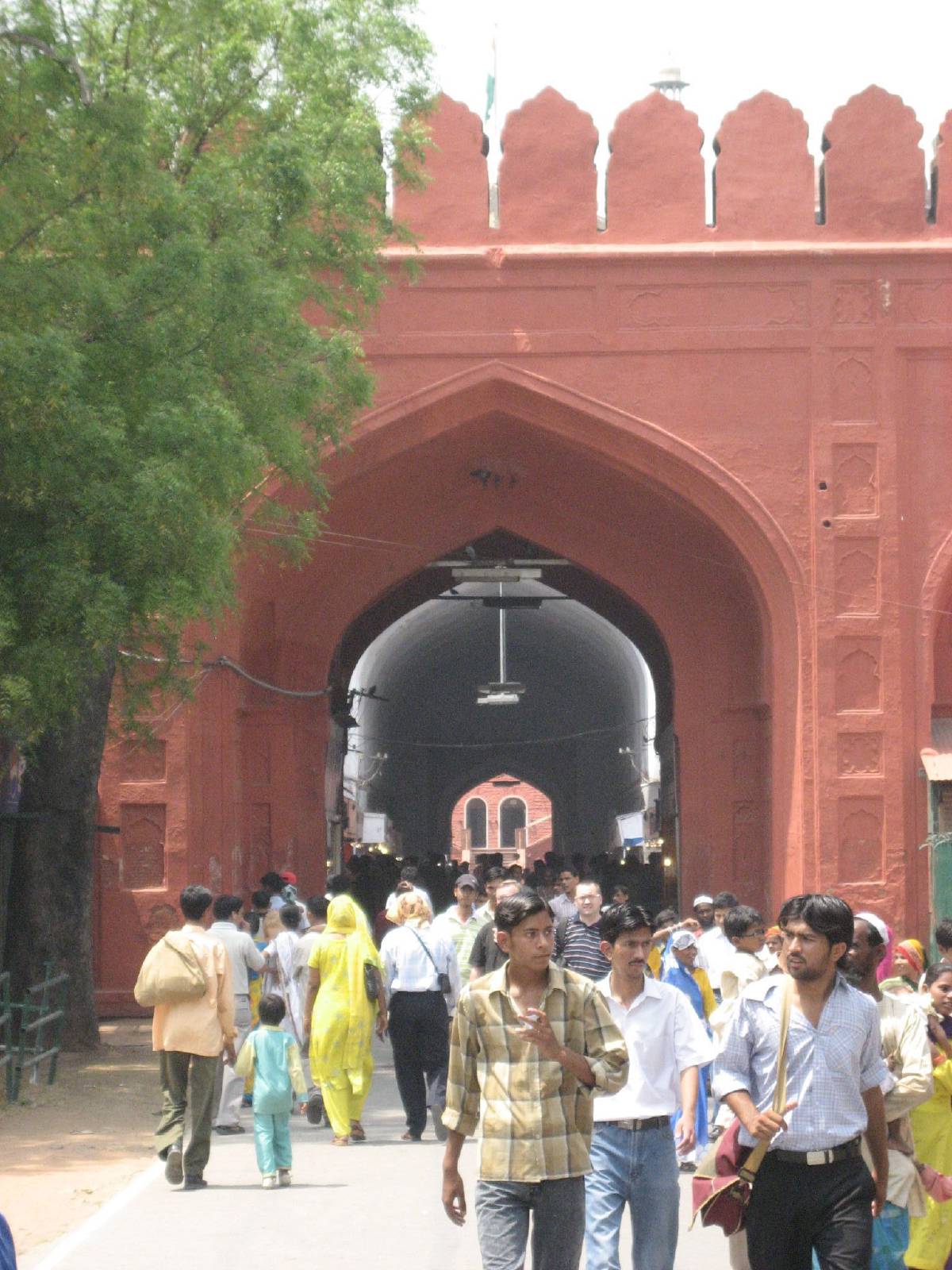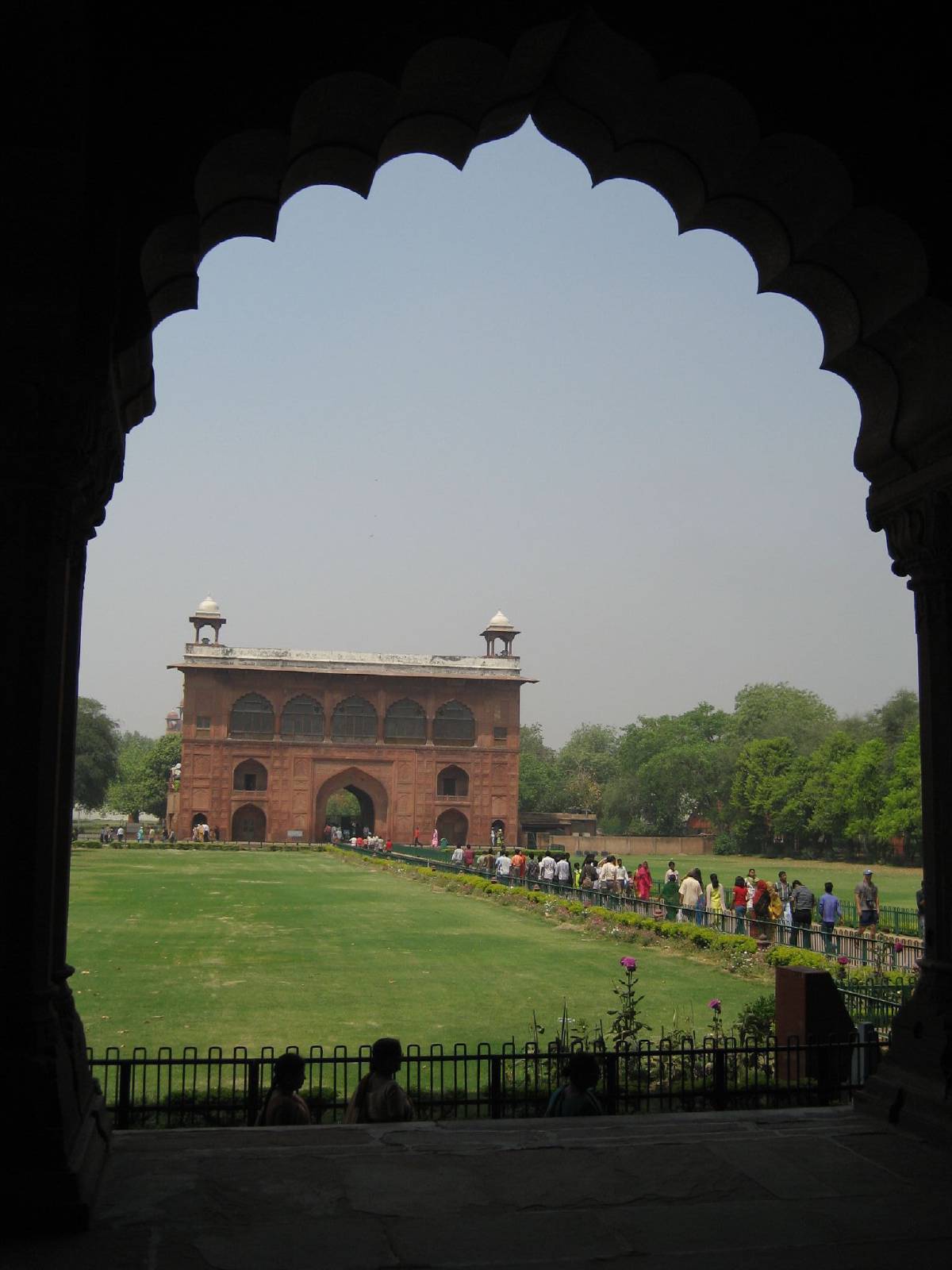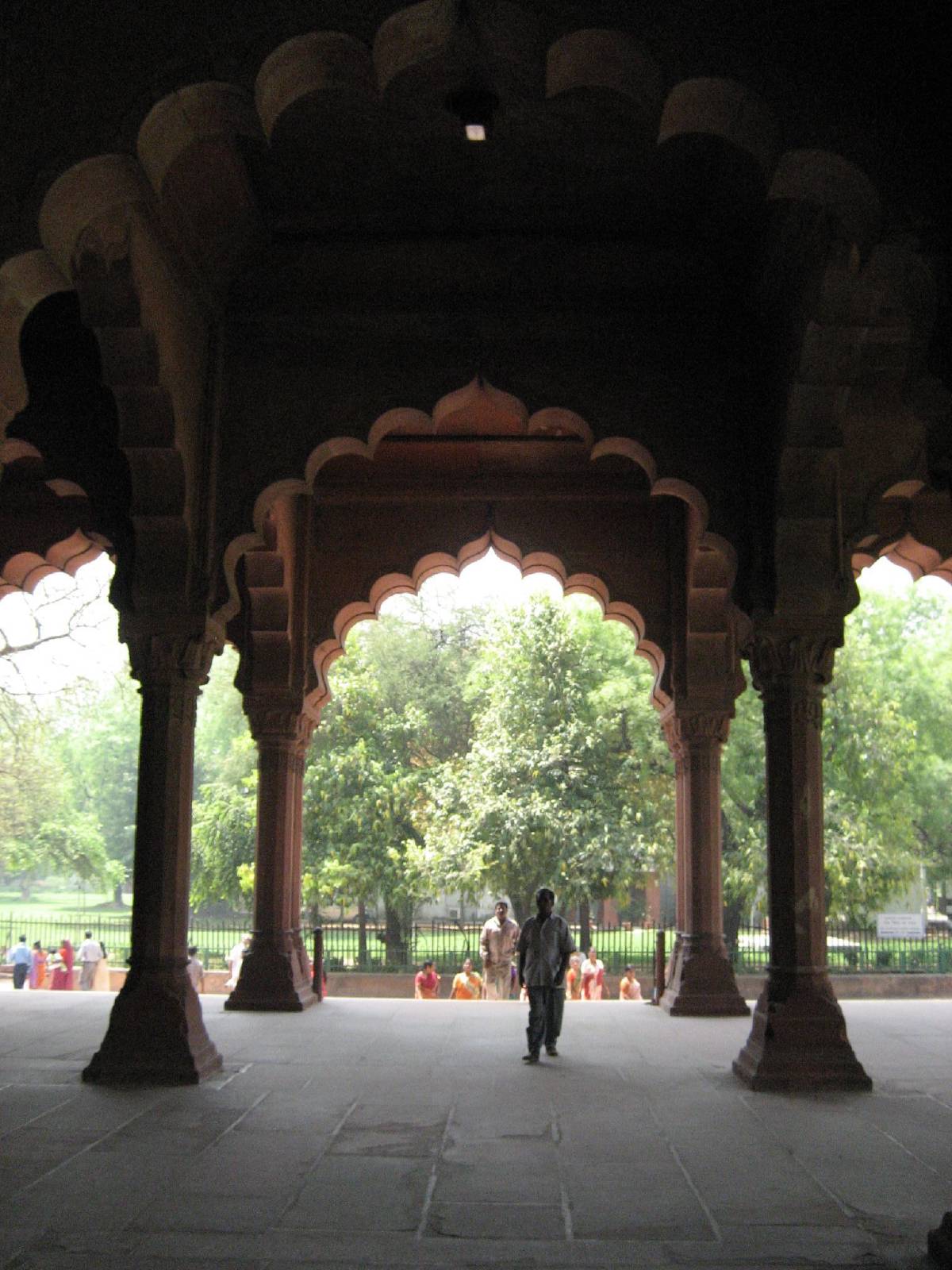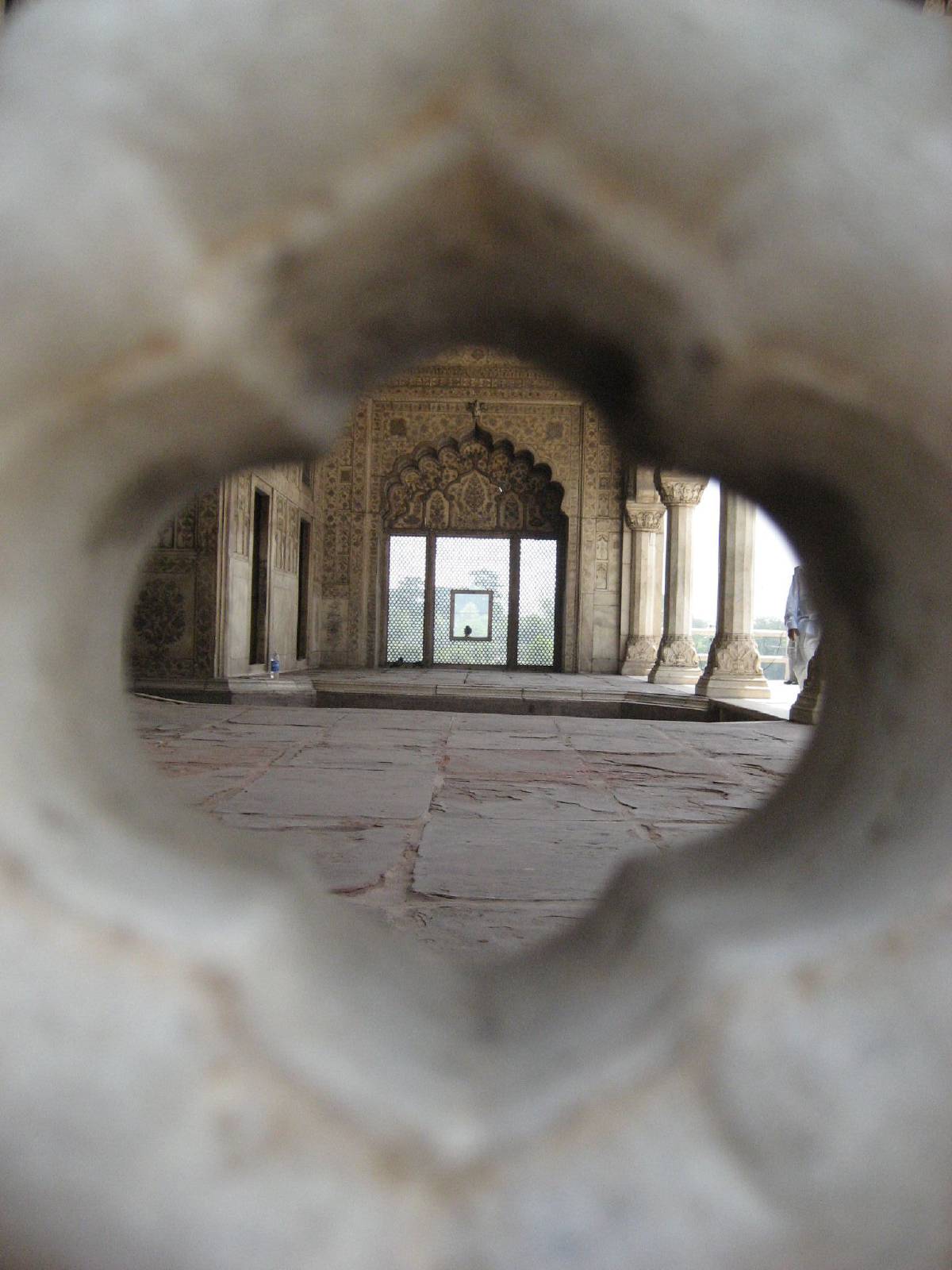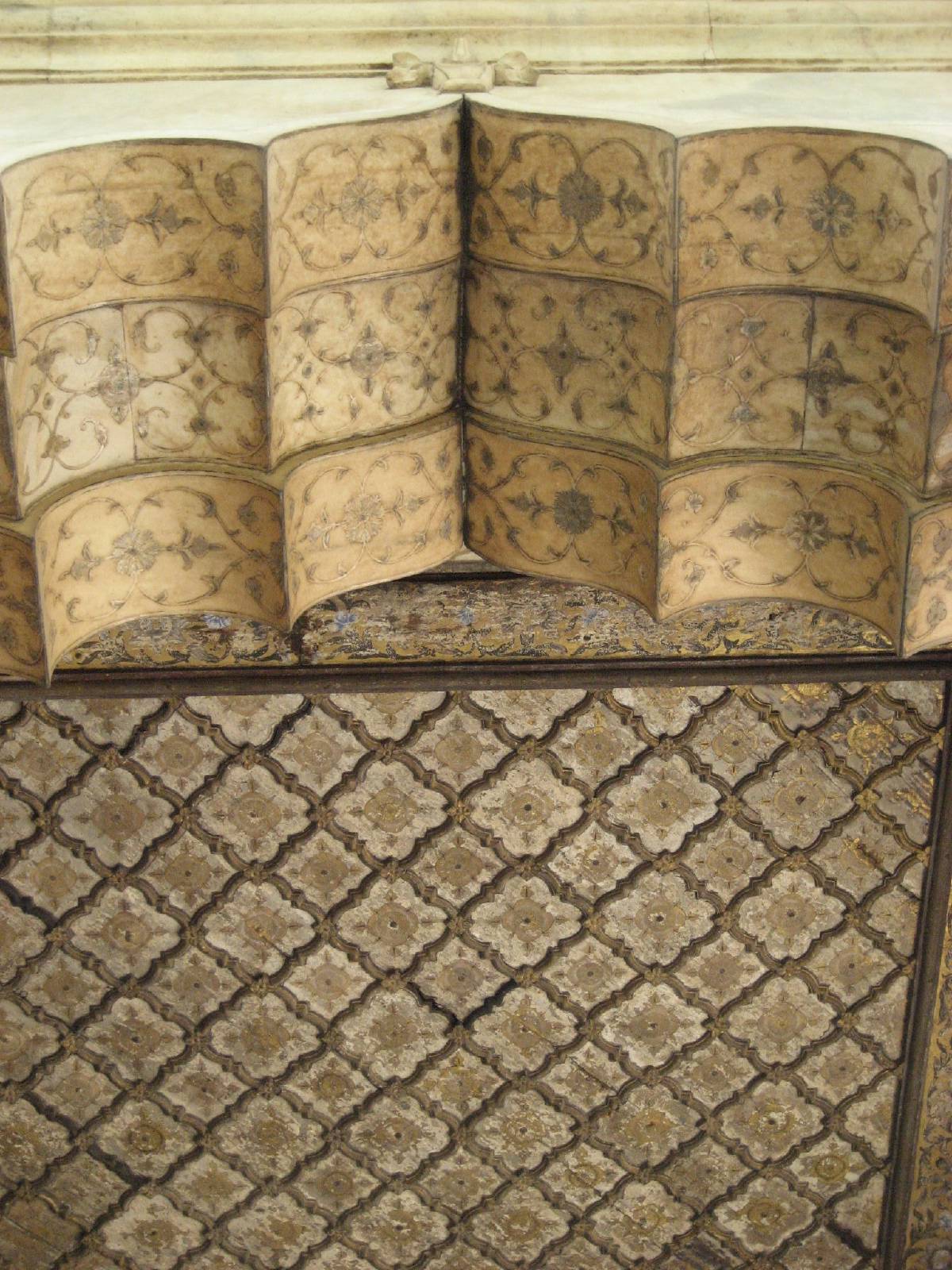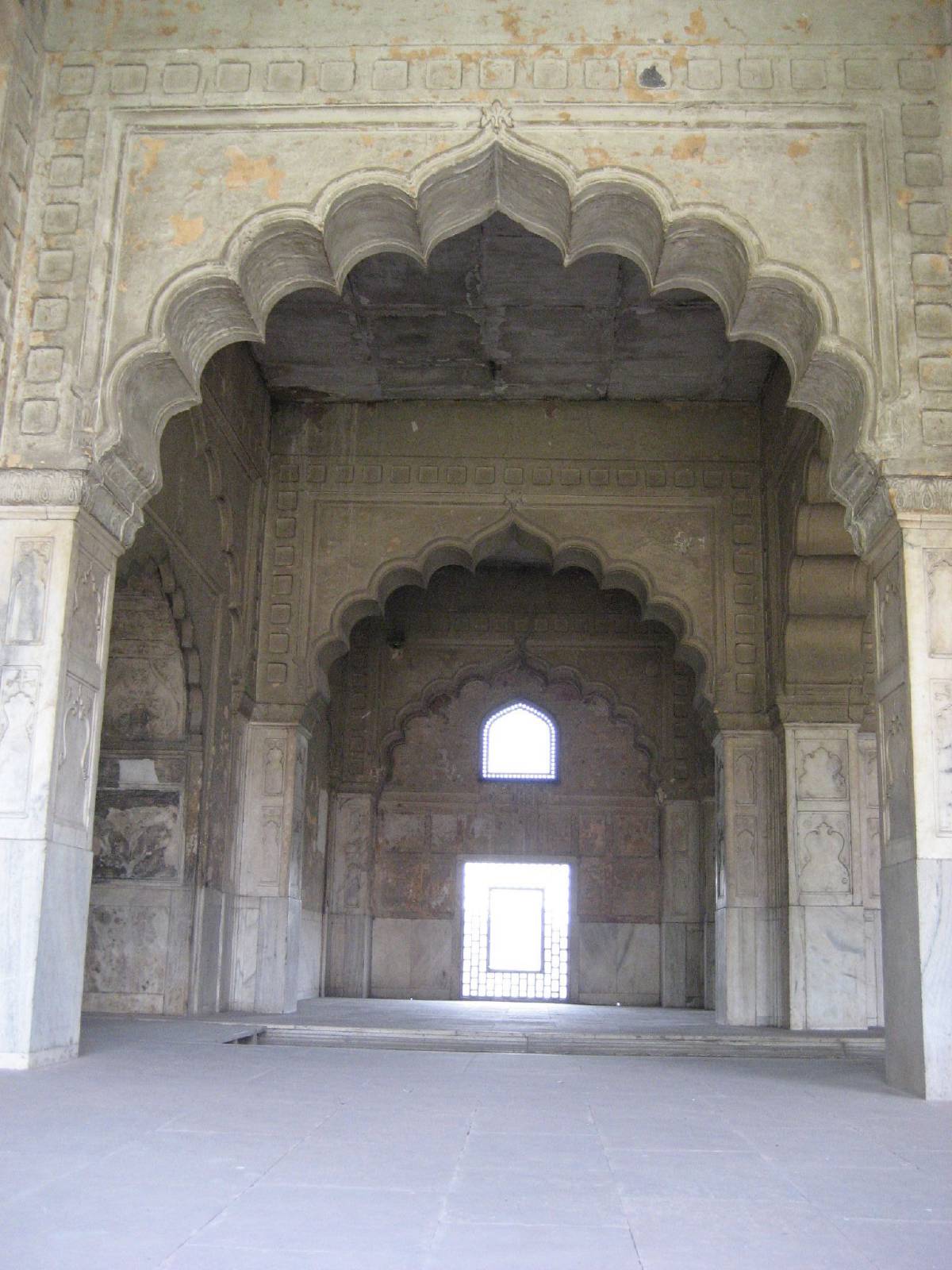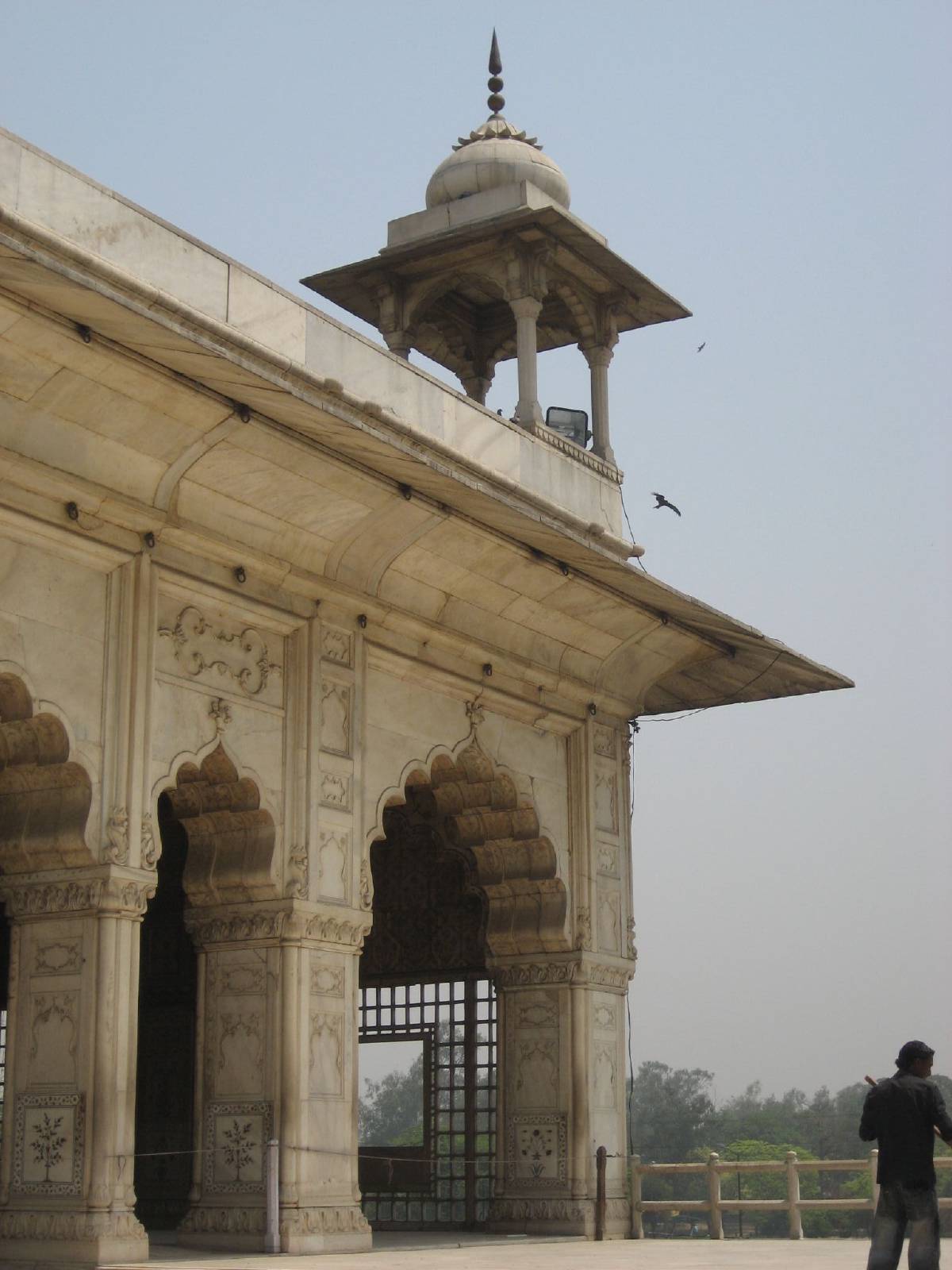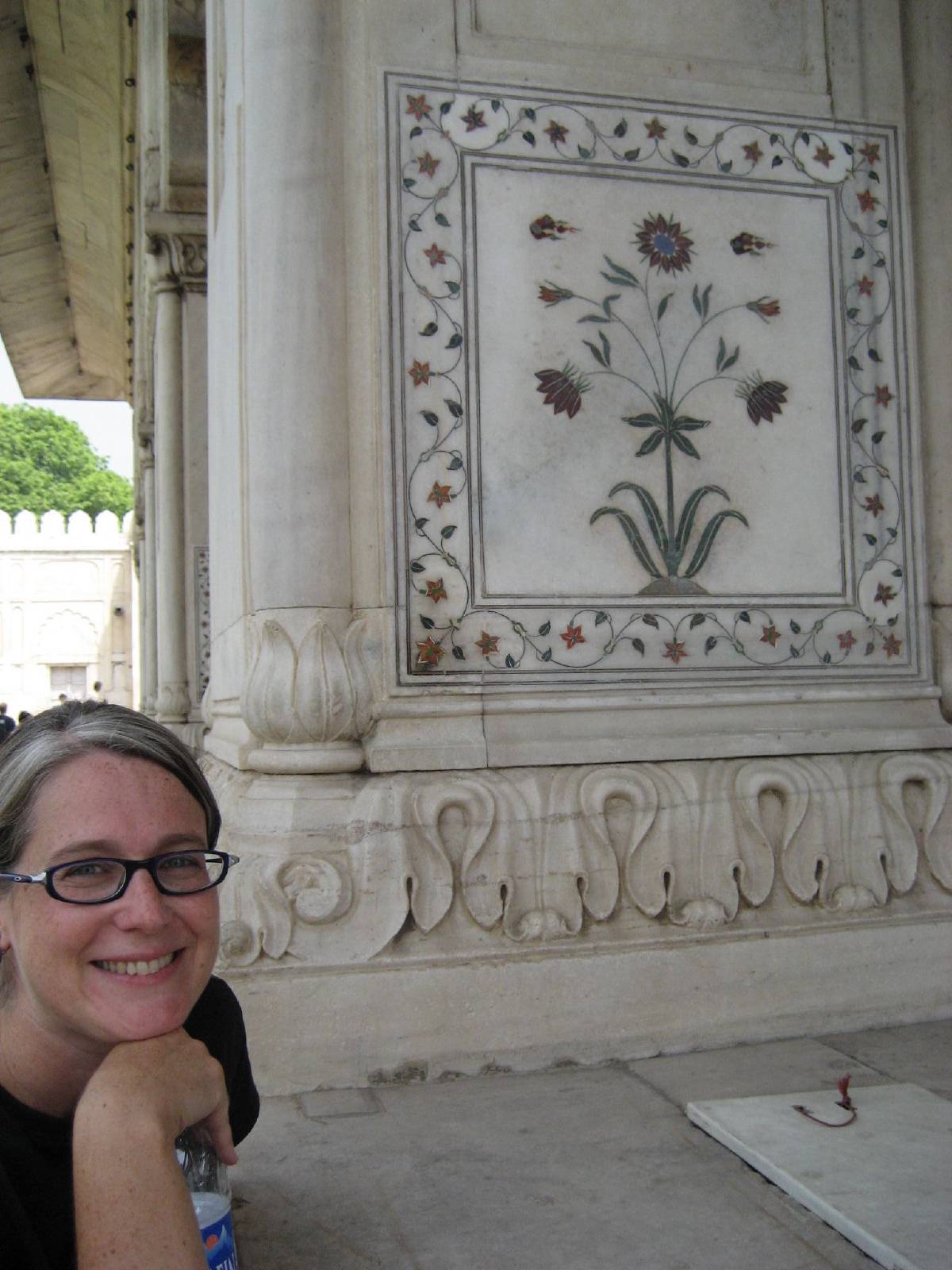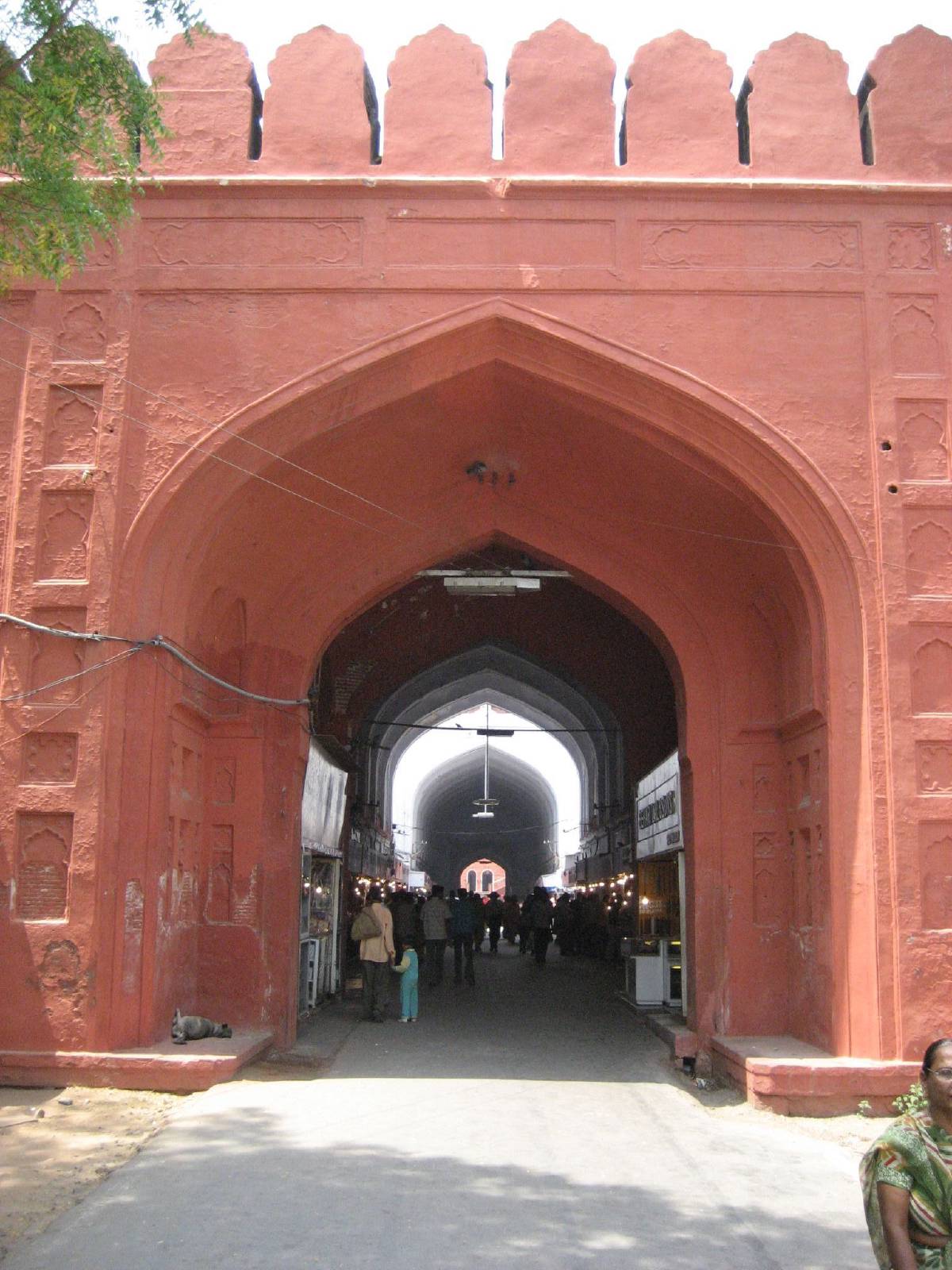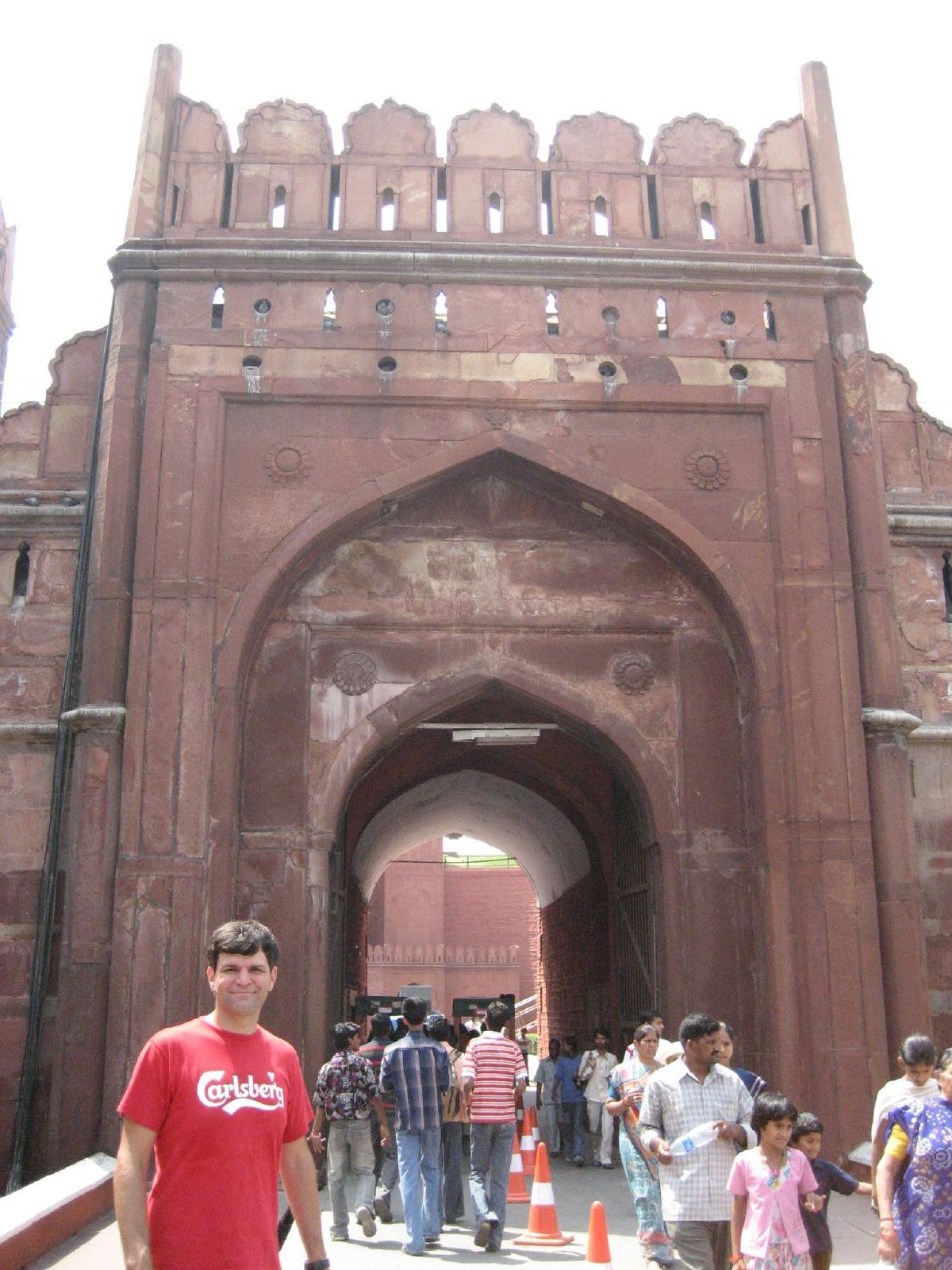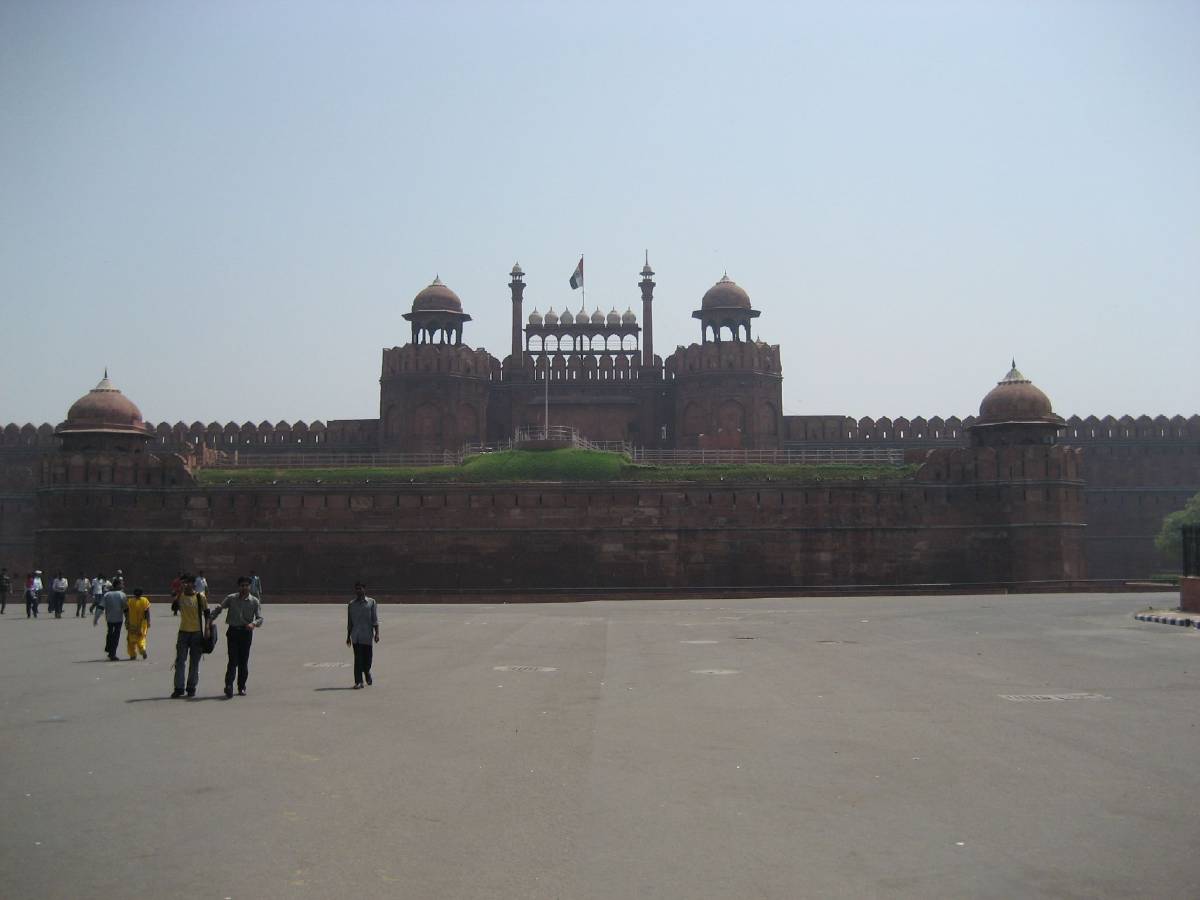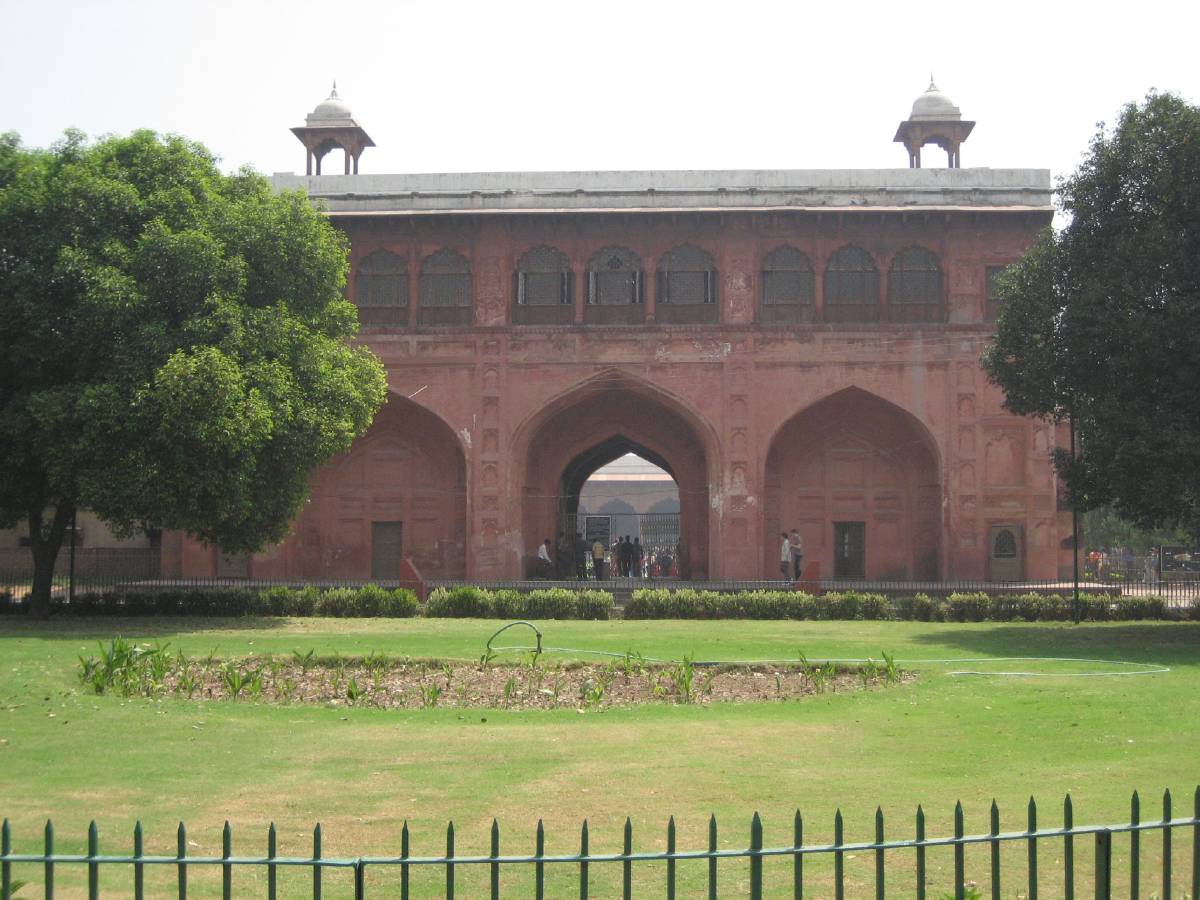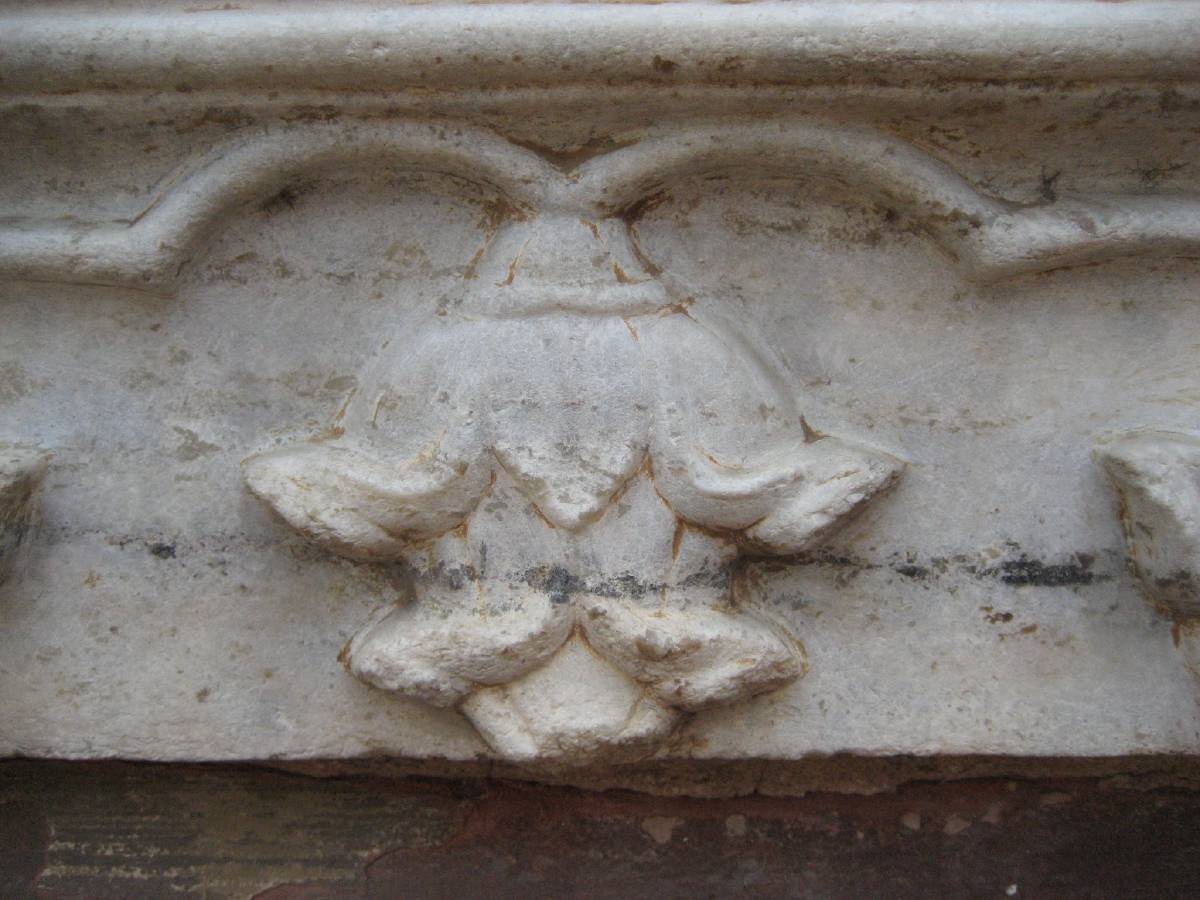
During our time here in northern India, I have developed a particular fondness for the Mughals. Mughal is the Persian word for Mongol. The Mughals claim decendency from Genghis Khan and their empire ruled much of India and its surrounds during the 16th to 18th centuries.
They were apparently superb warriors with a tendency to turn on their own kin. No blood thicker than power for them! What I like best about the Mughals is not their power-mongering, but their total lack of simplicity. Let’s face it, if it weren’t for them, Agra wouldn’t even be on the map.
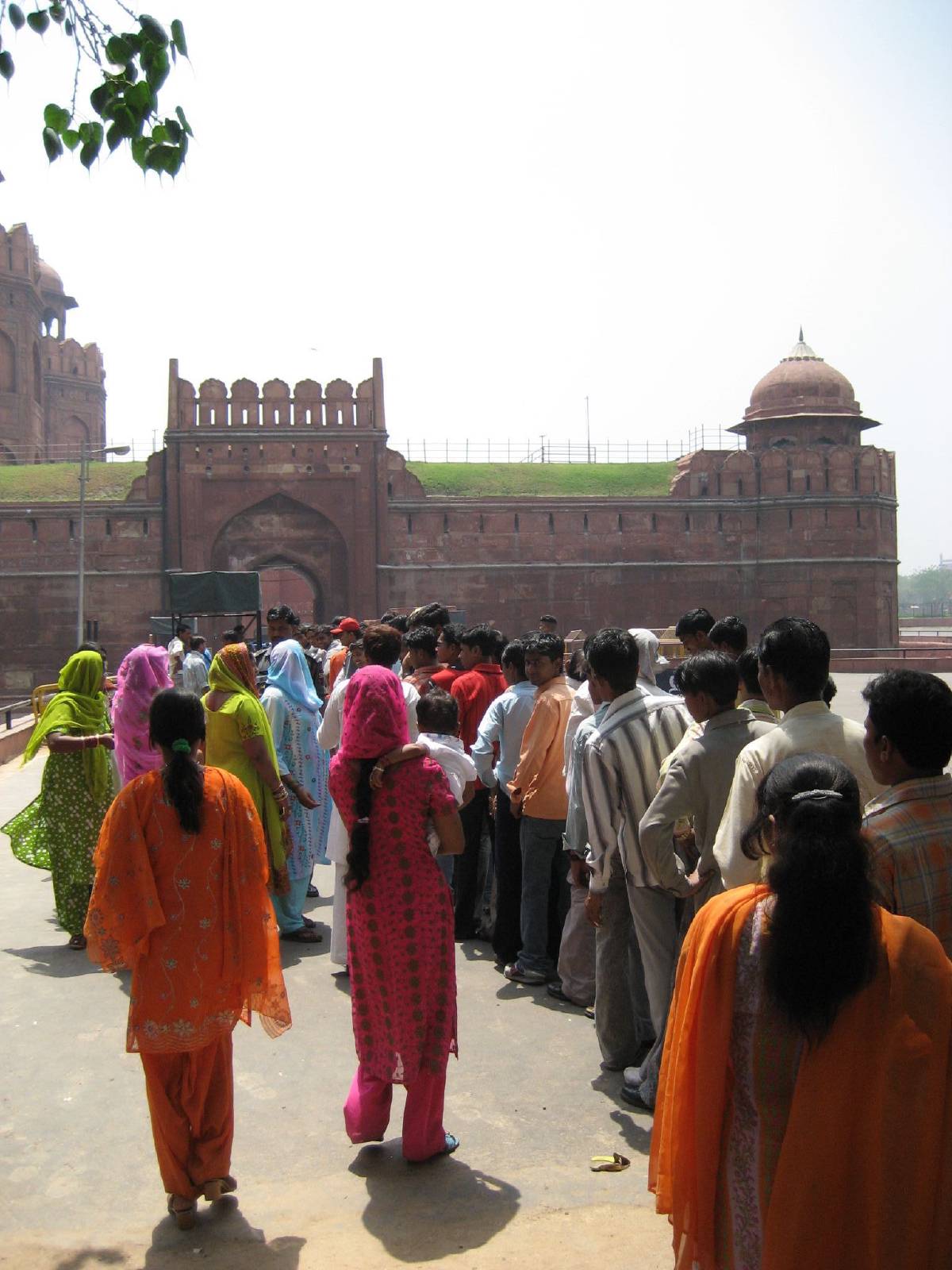
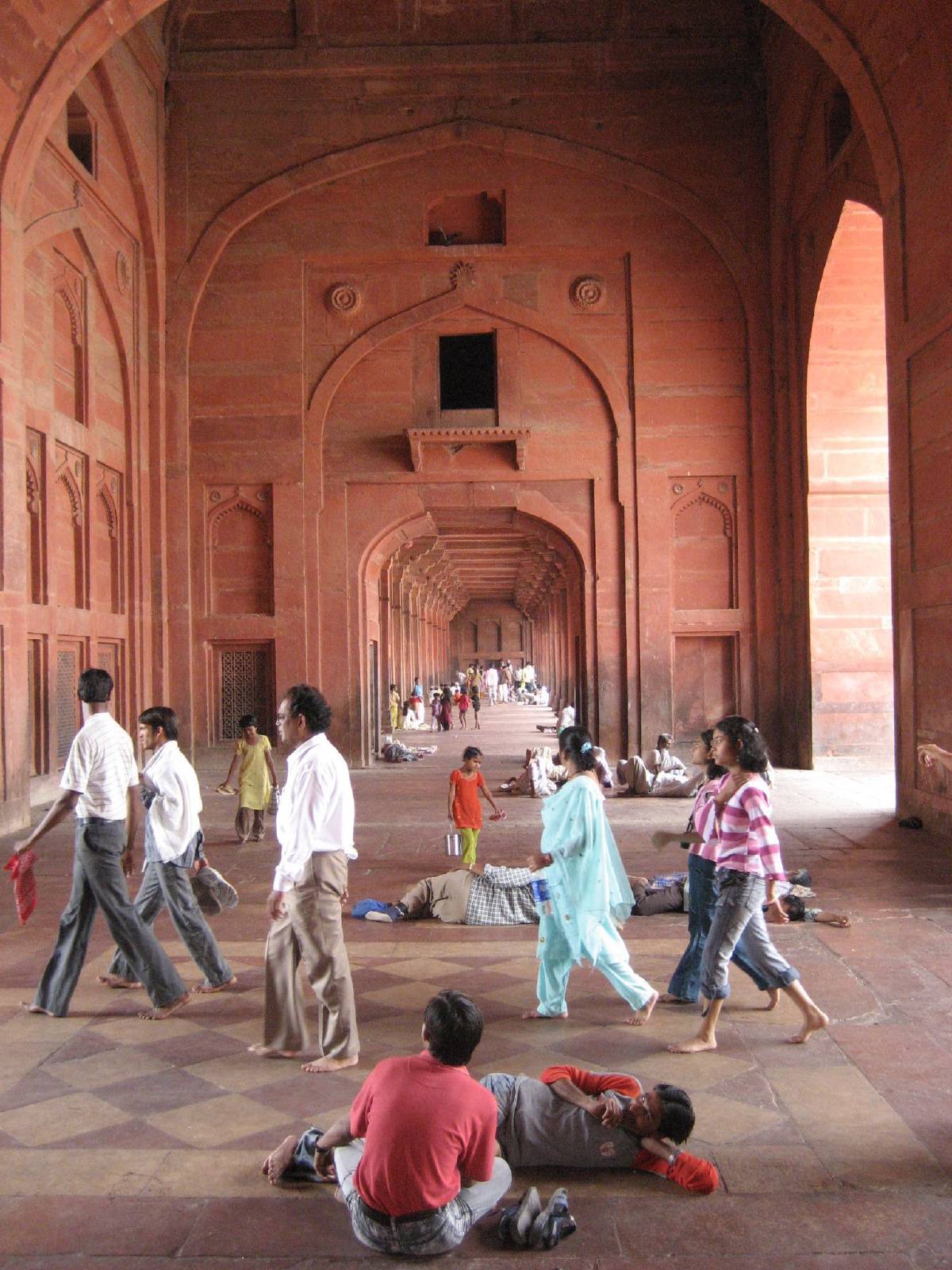
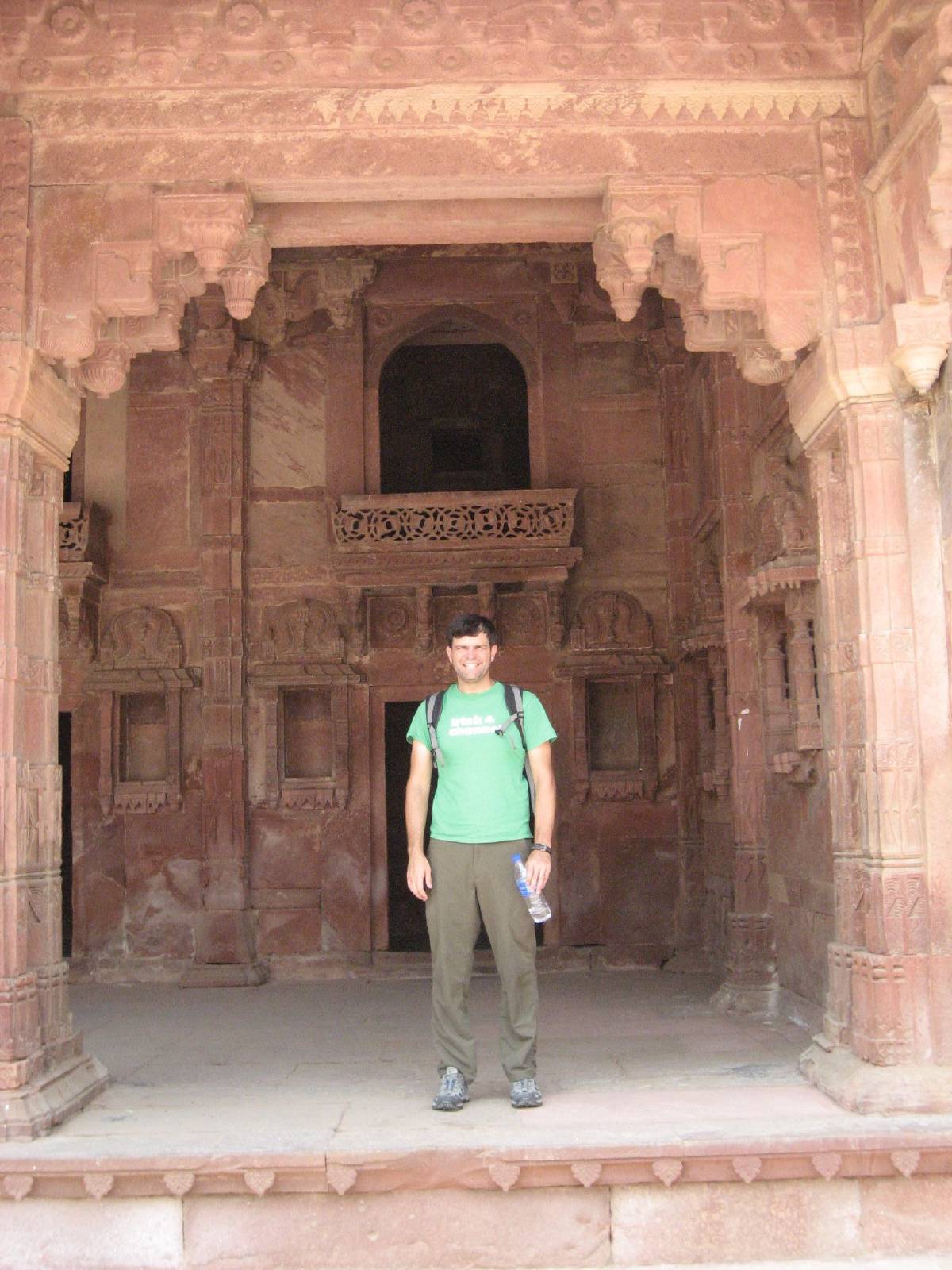
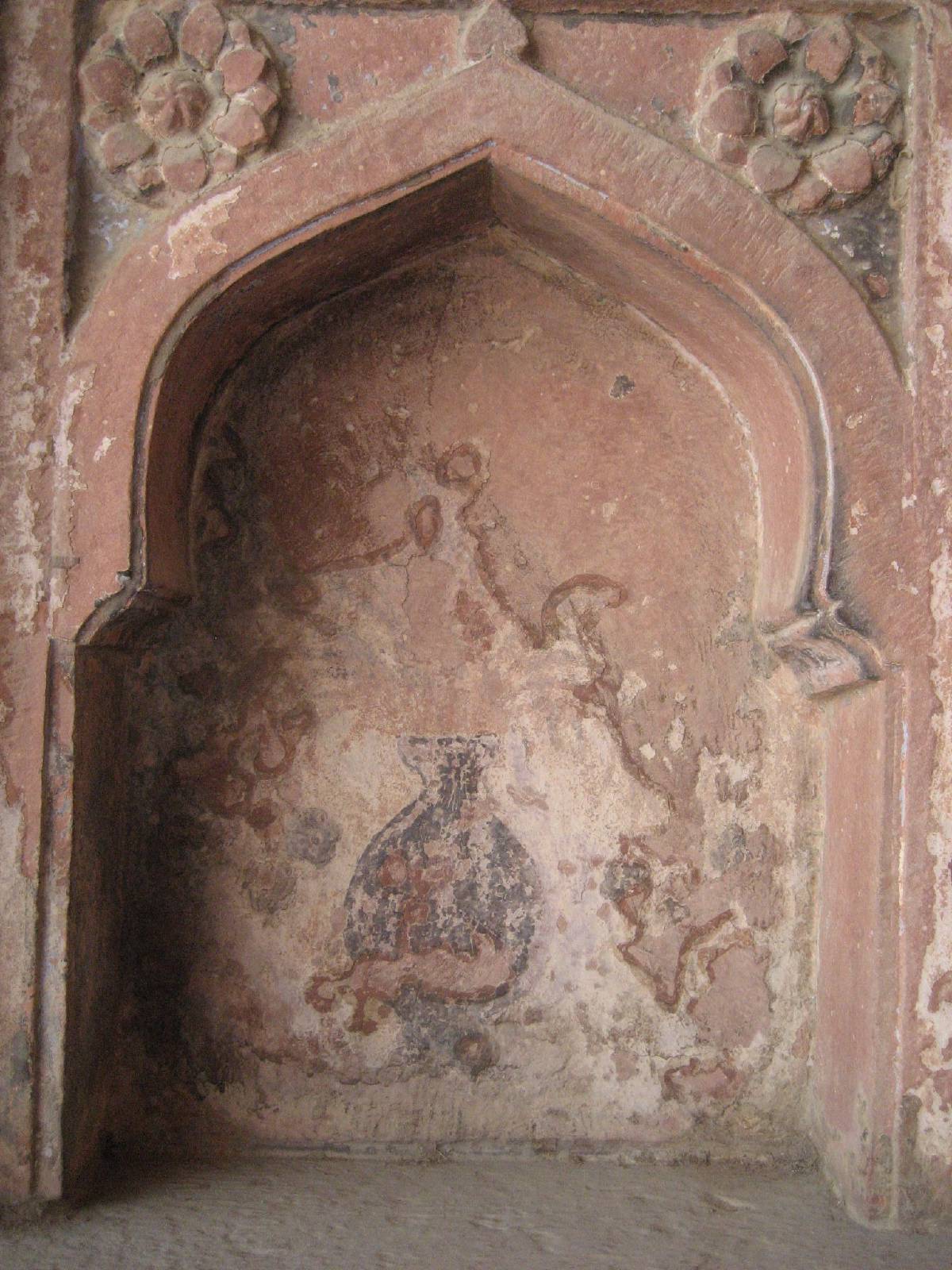
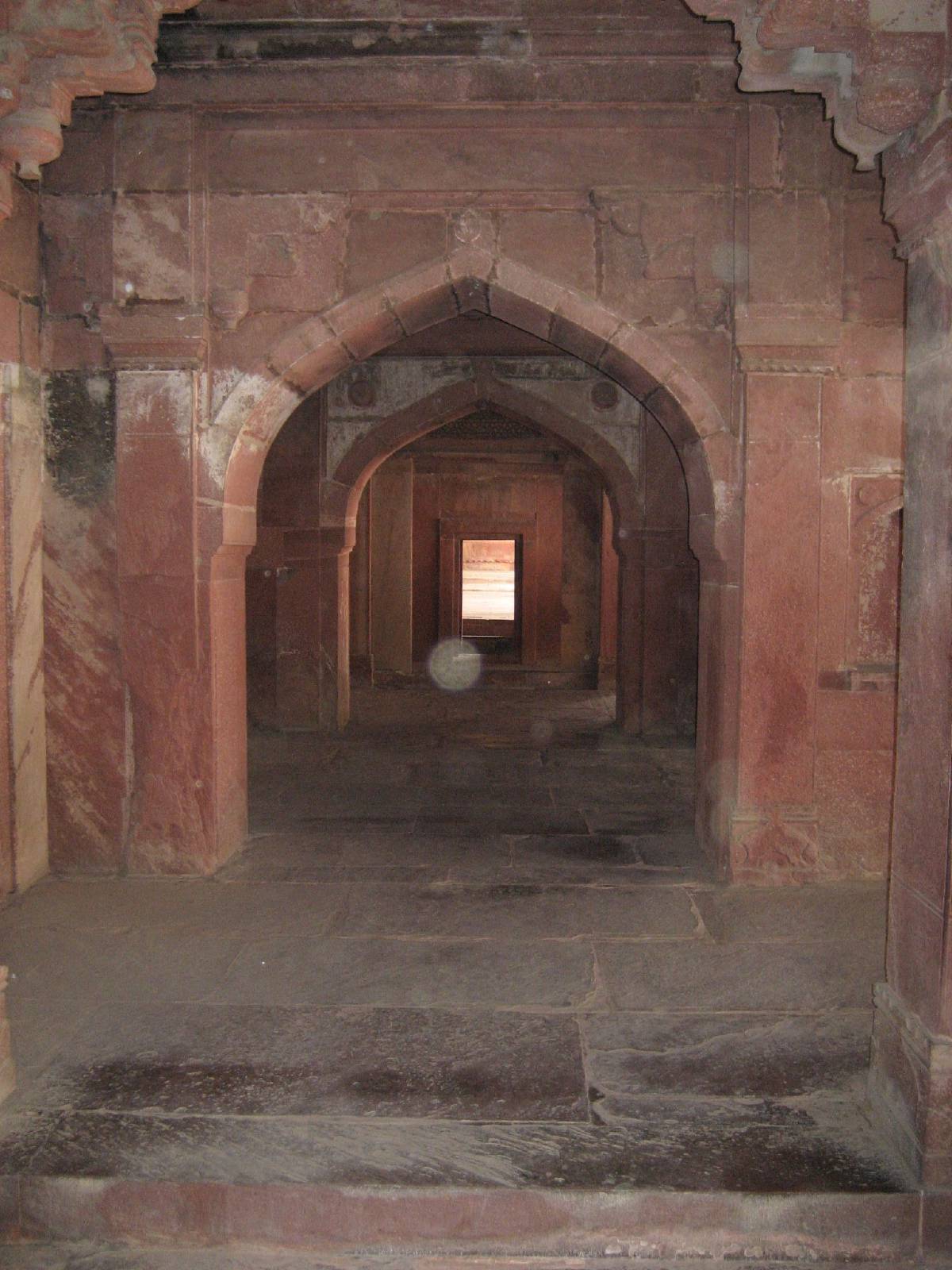
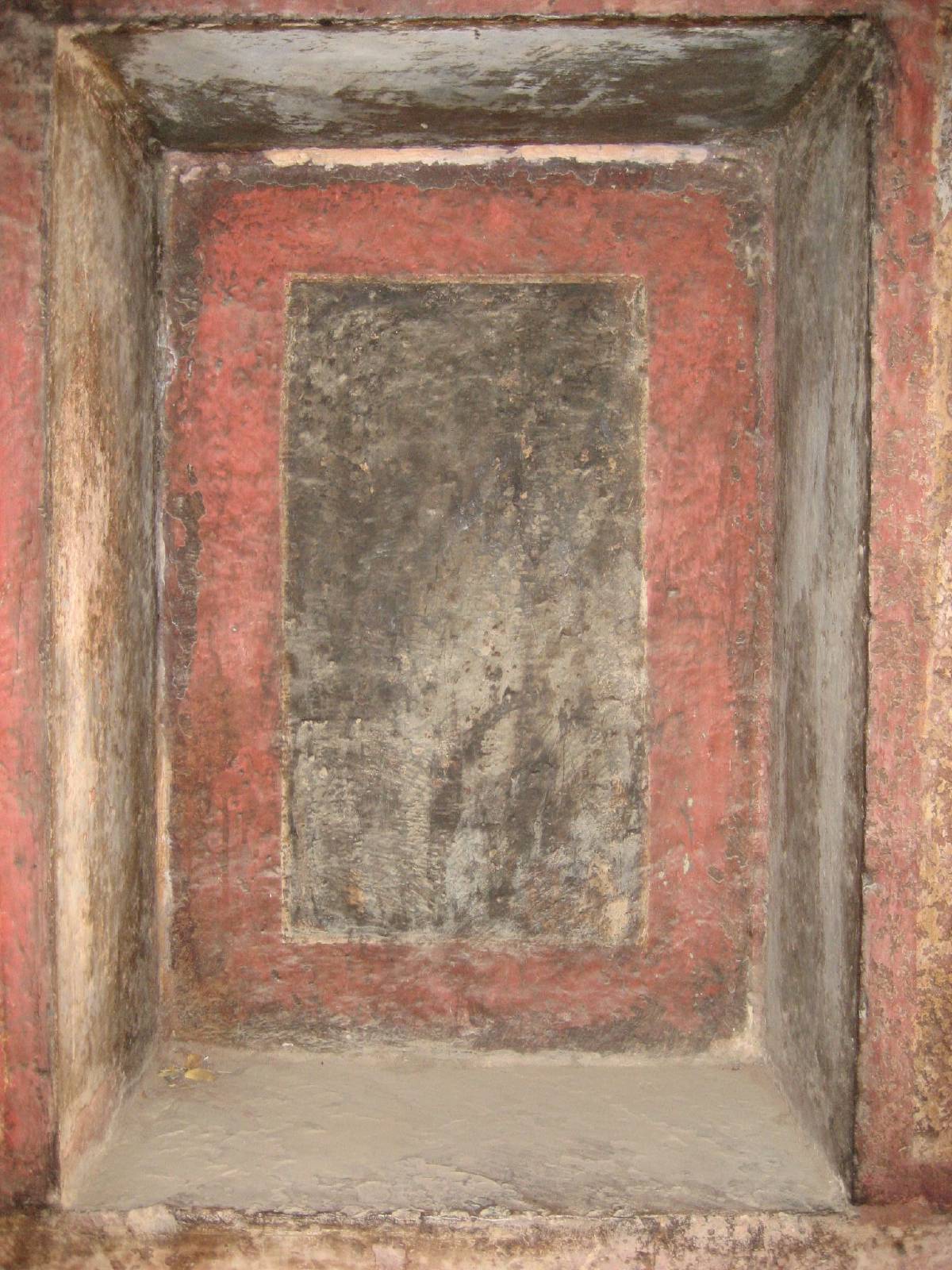


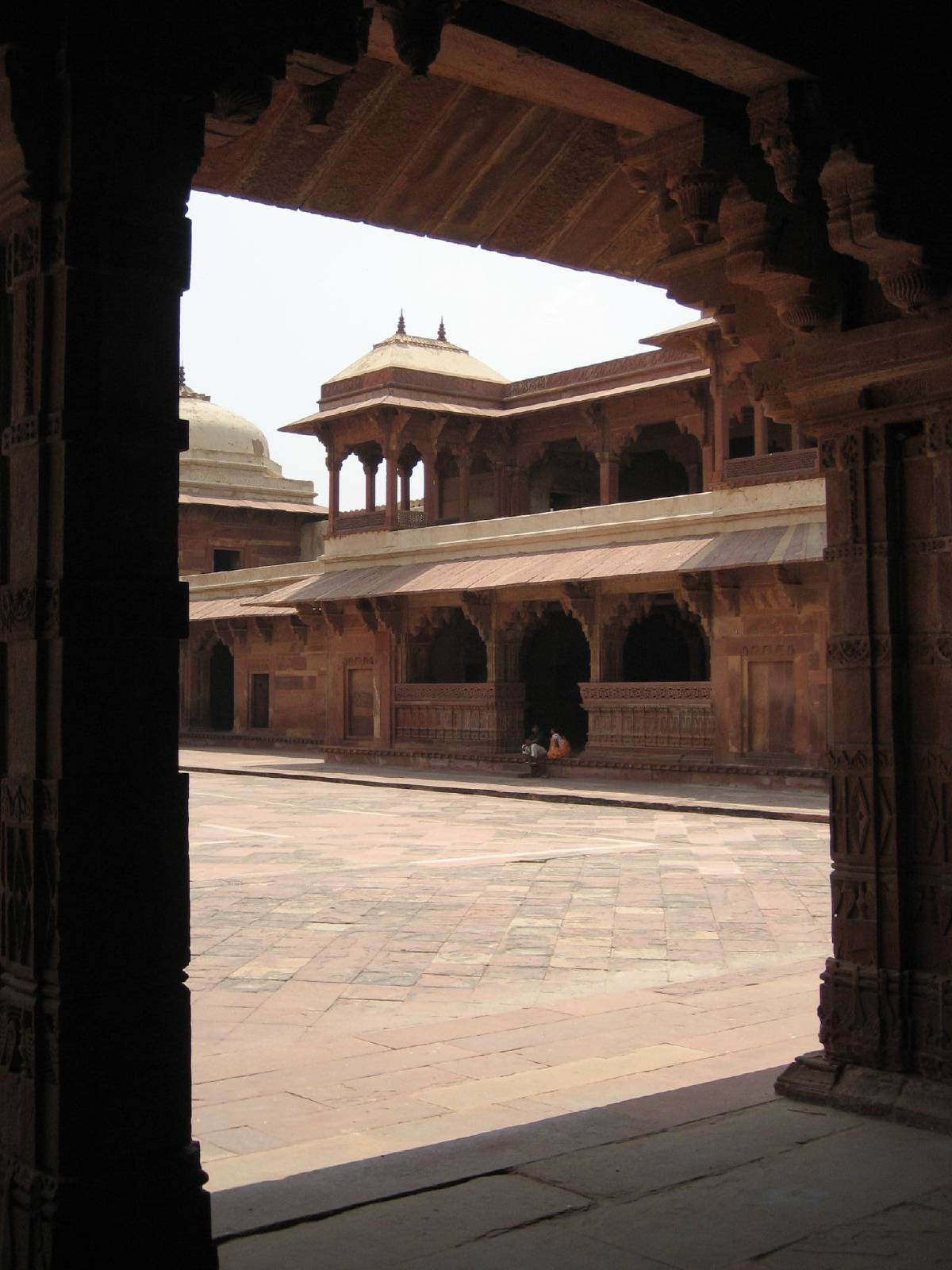
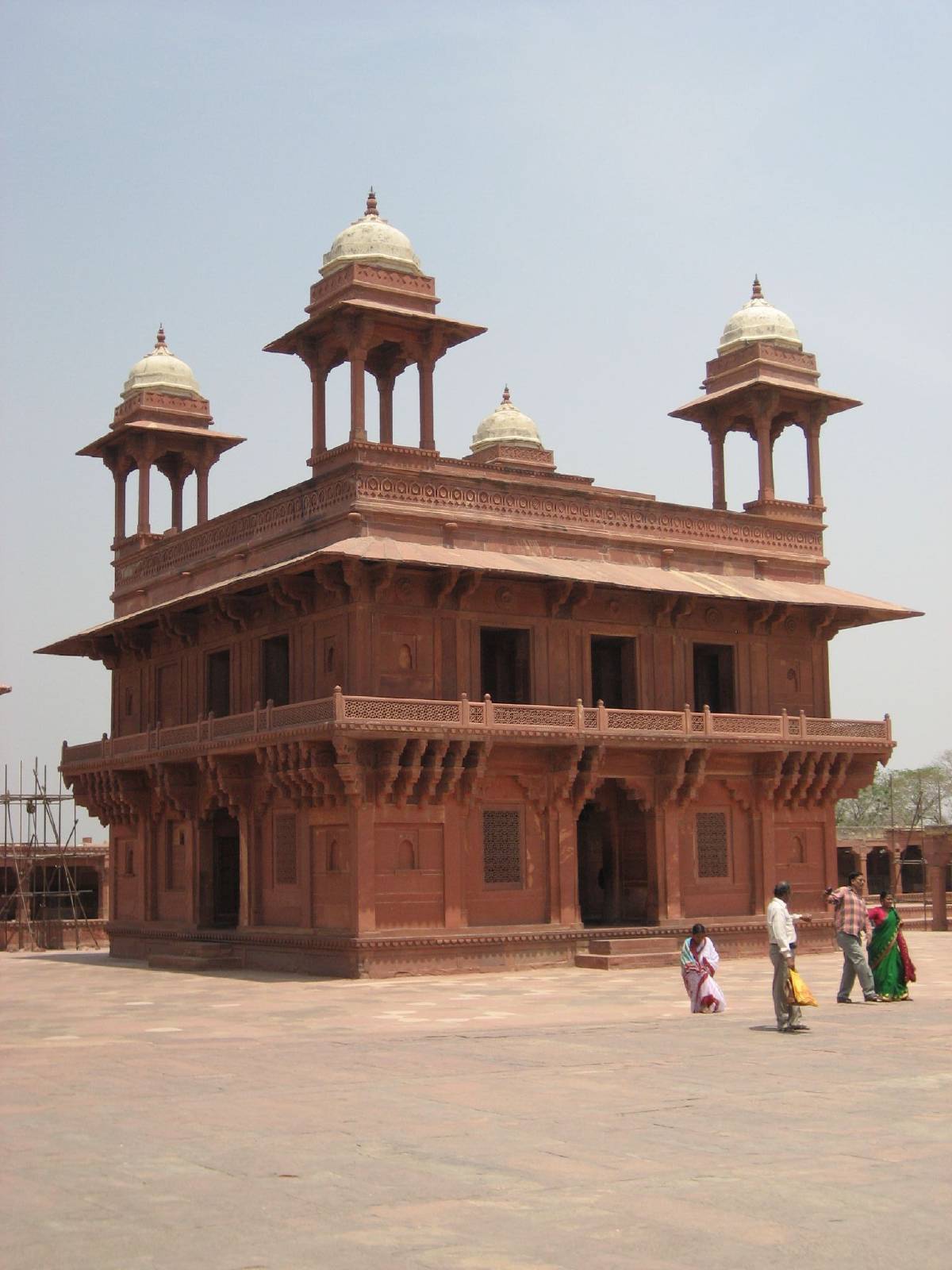
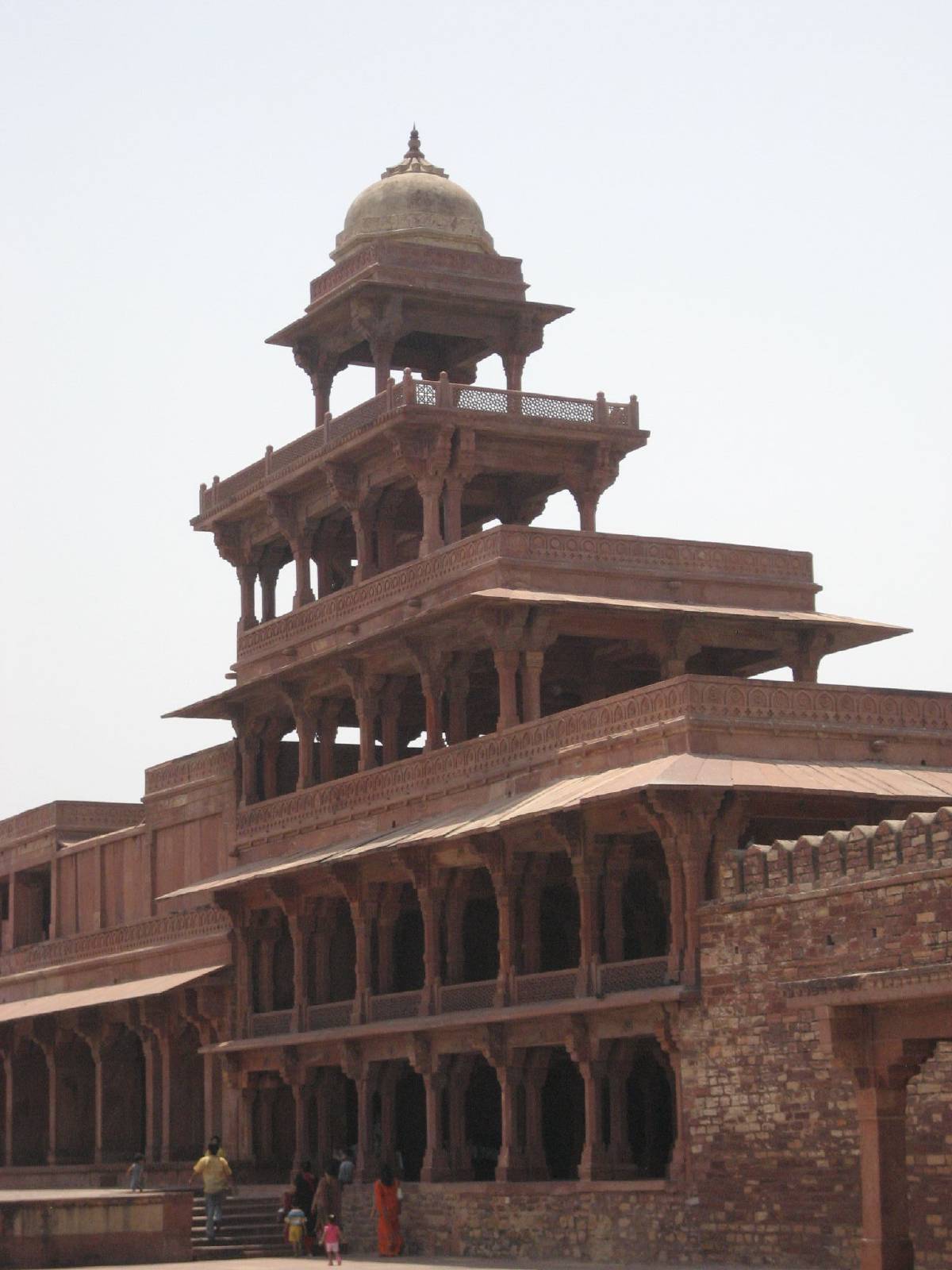
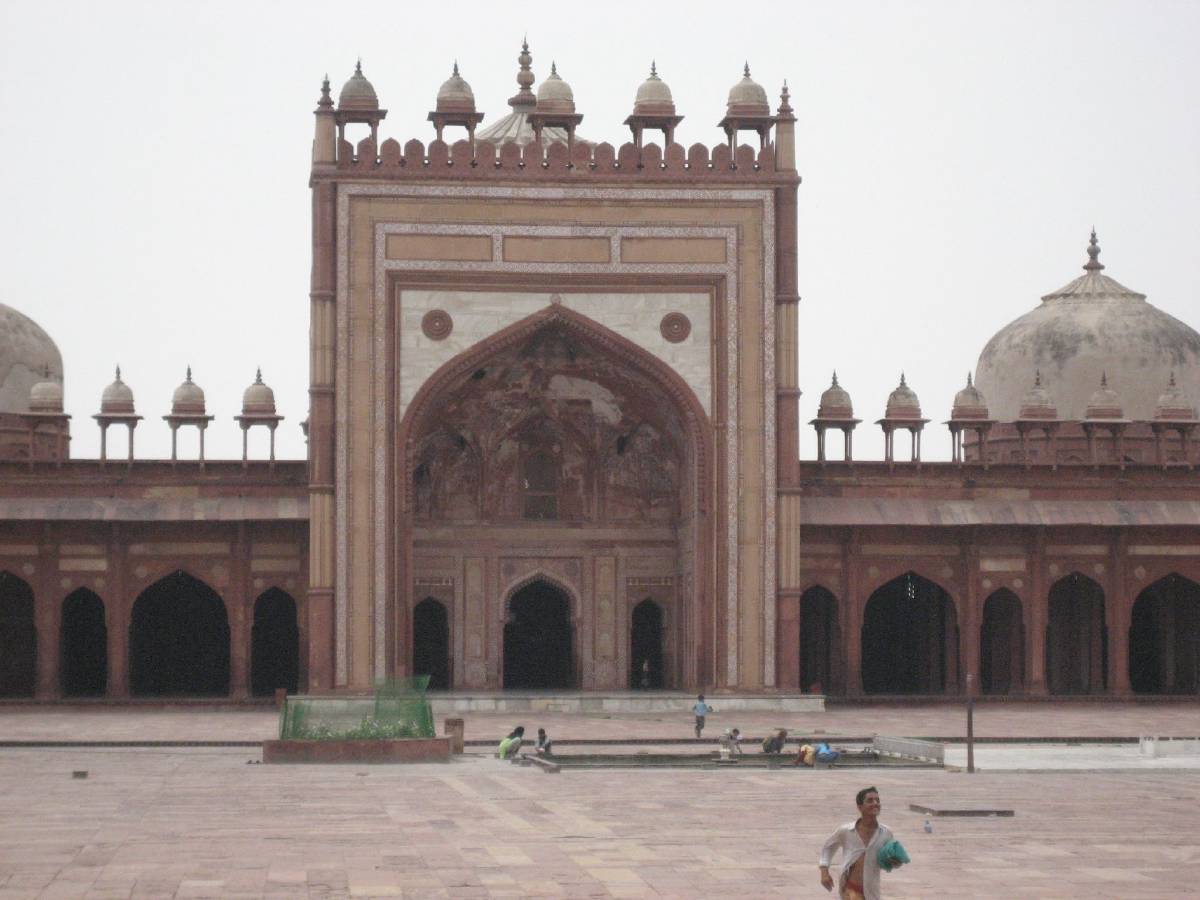
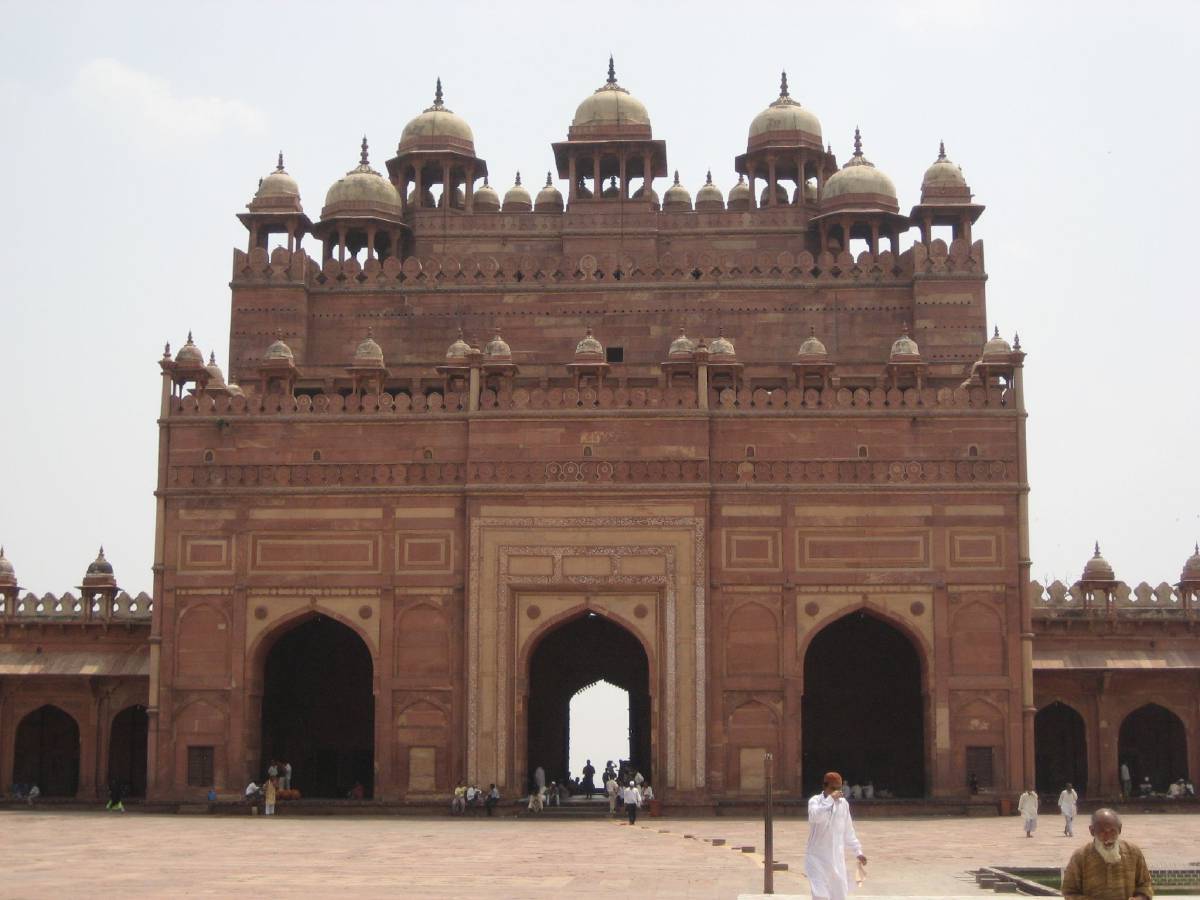
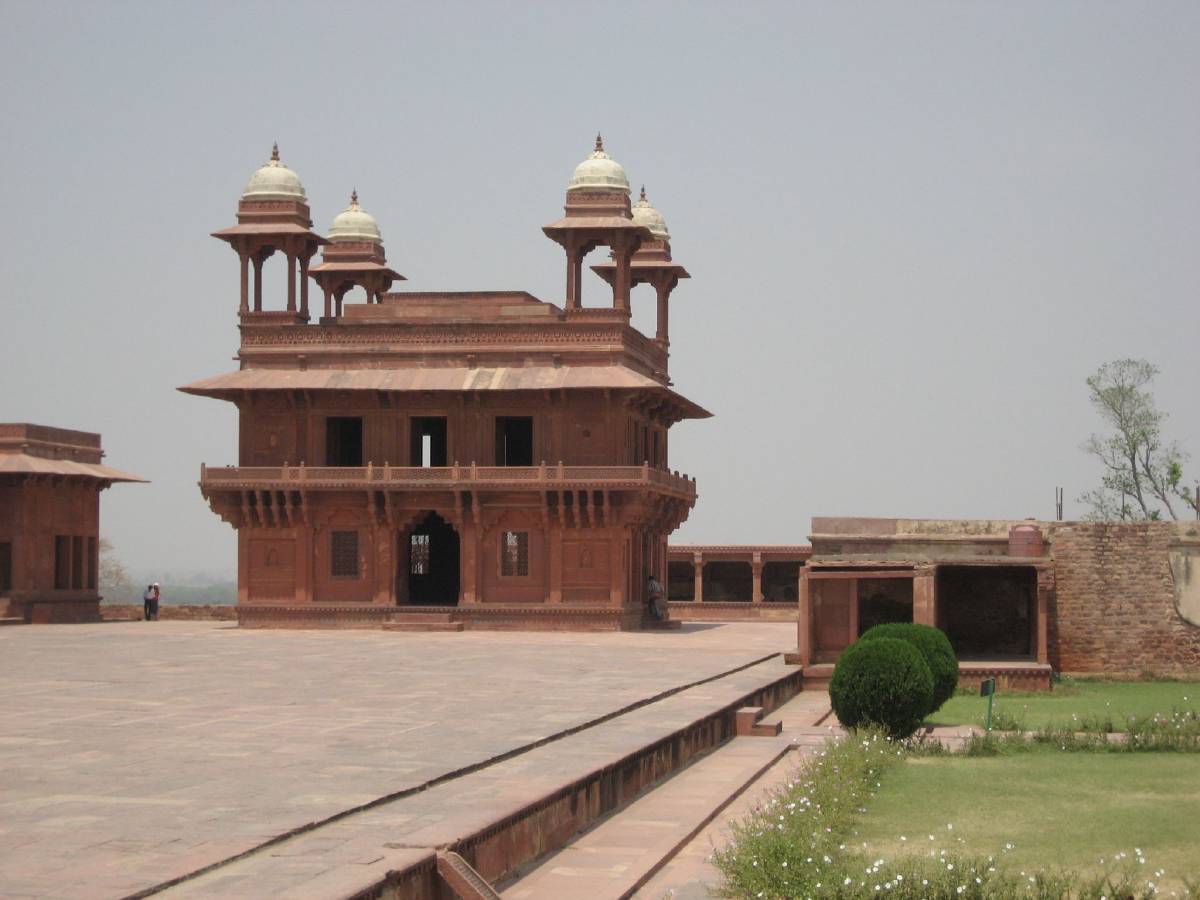
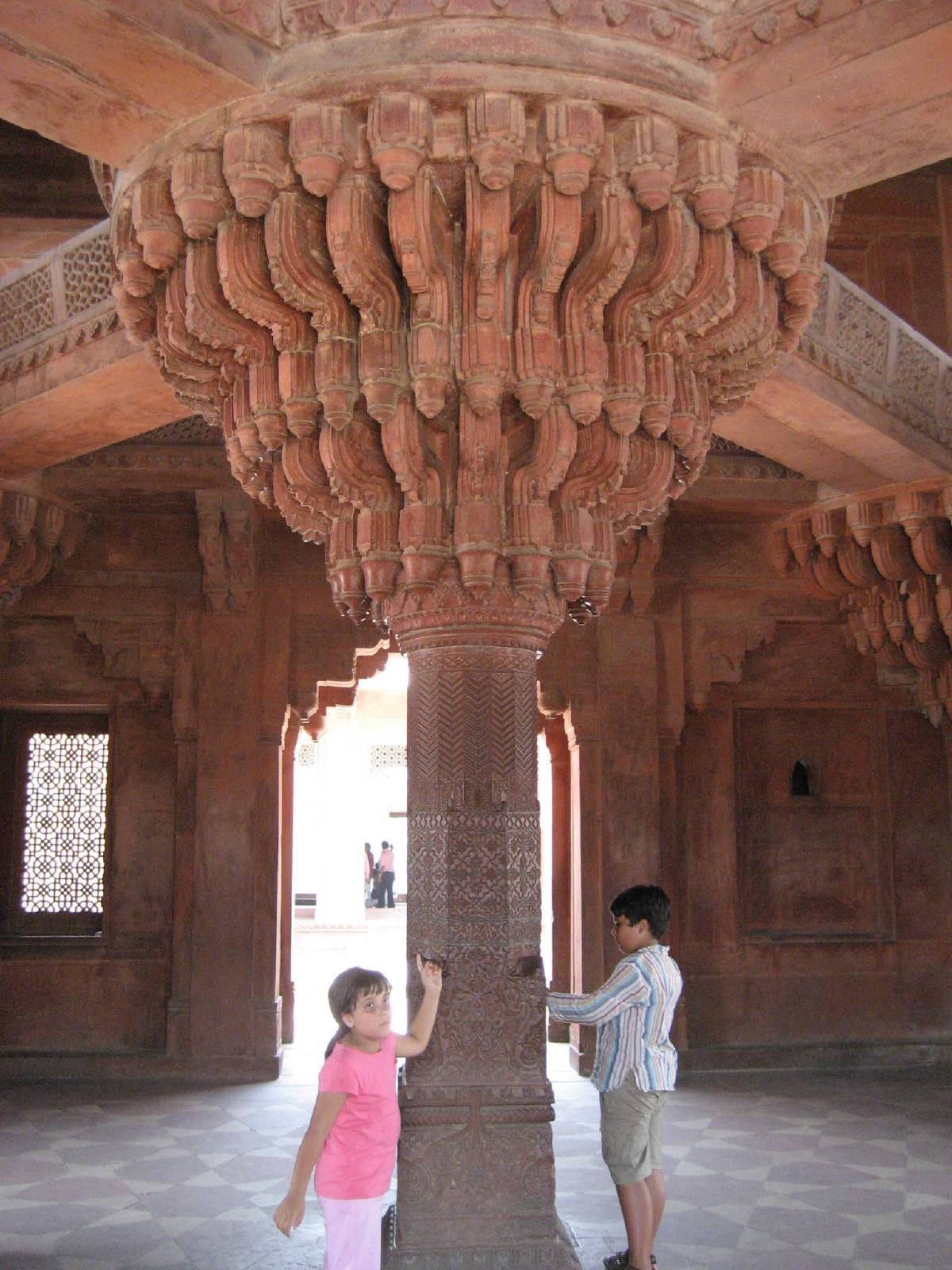
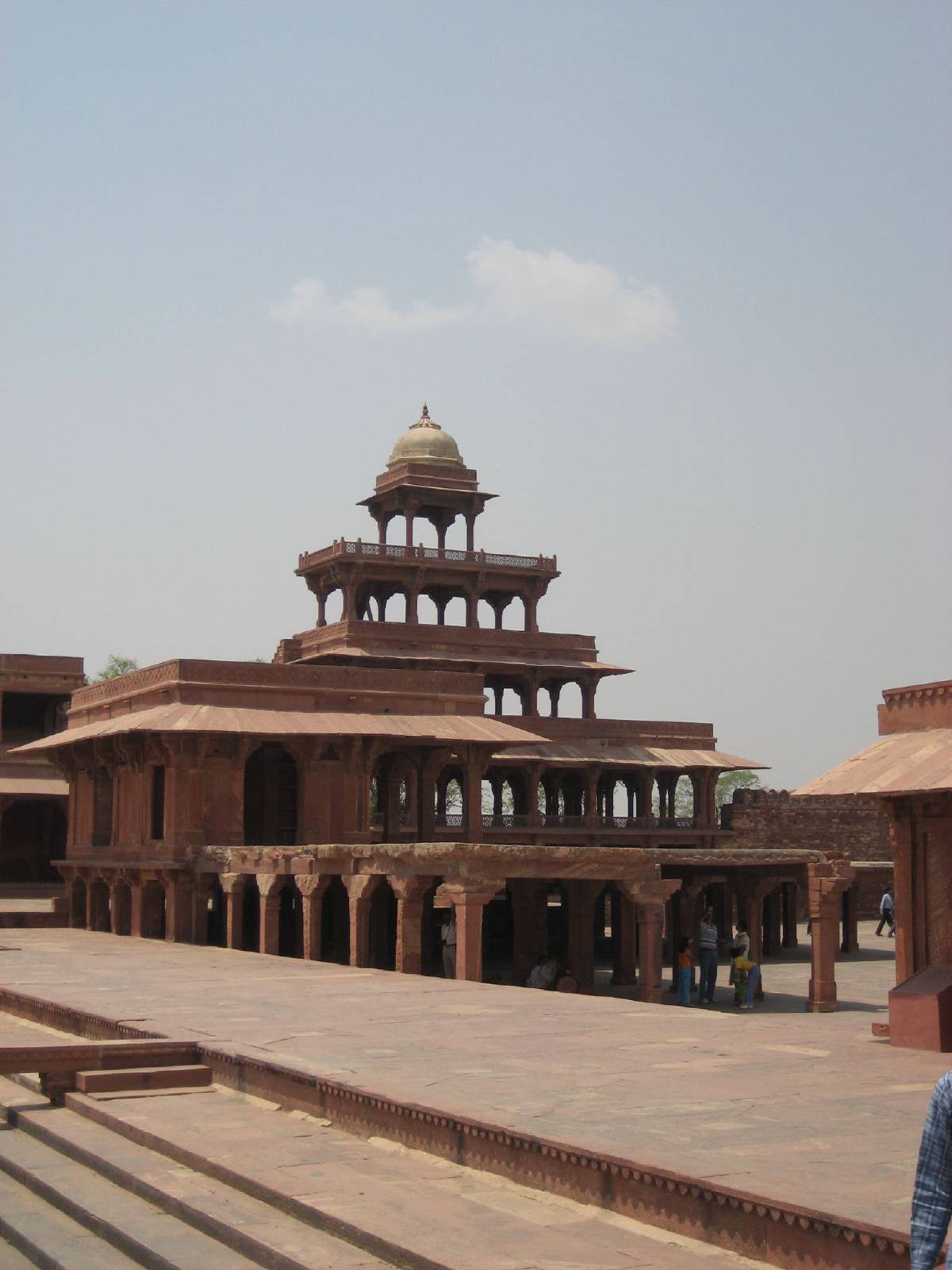
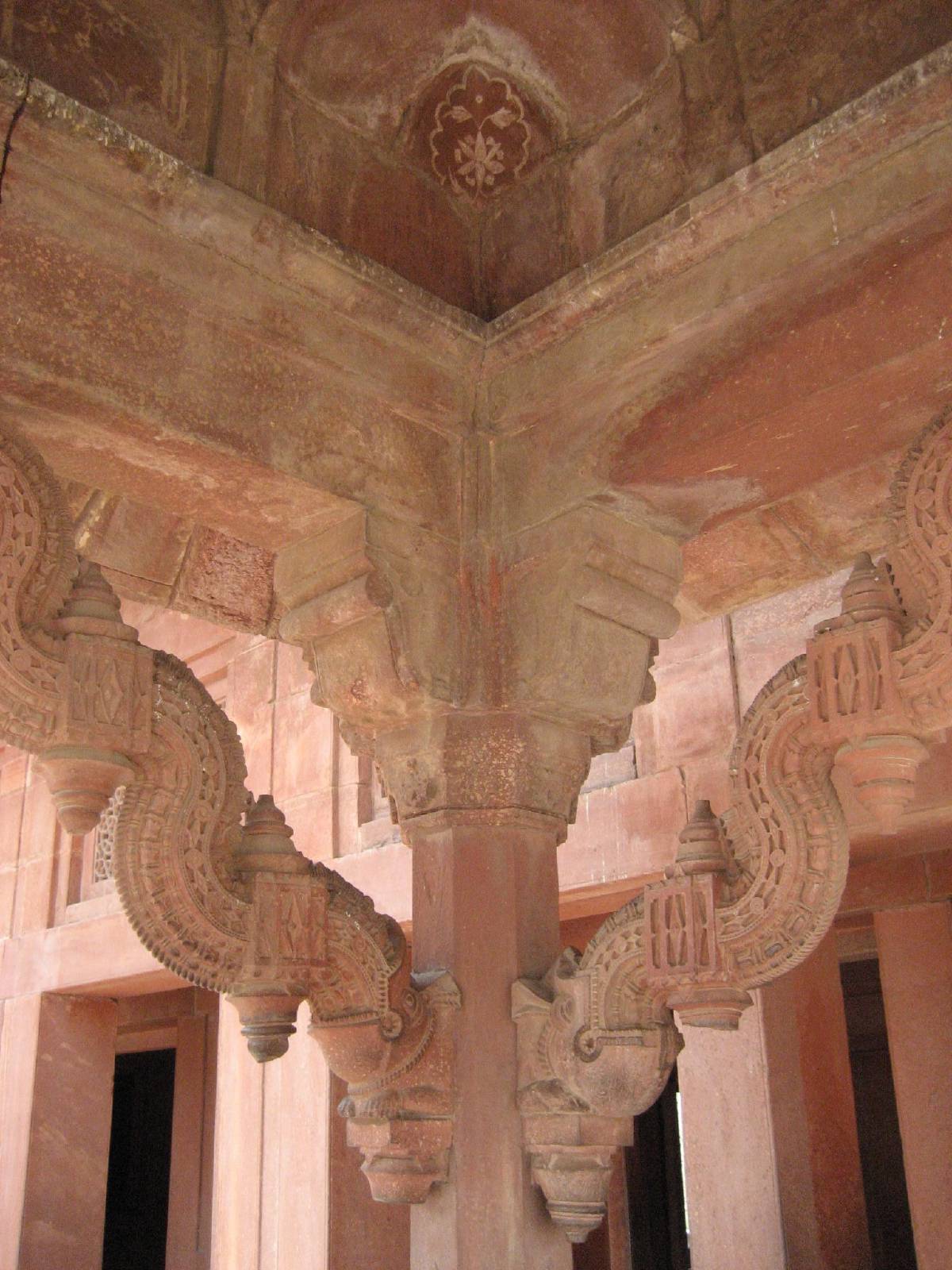
The Mughals loved to do it up big and opulent. When someone dies, don’t just mourn them and bury them. Build the most massive and magnificent mausoleum in the world – the Taj Mahal. And if Shah Jahan hadn’t been imprisoned by his own son in his palatial Agra Fort, he’d have built himself an identical black marble mausoleum across the river so he could forever lie near his beloved Mumtaz. Since his dream never came to fruition, they are both buried under the Taj. (I asked Dave if he loved me so much that he would build me a Taj. He said yes, he would build me one out of popsicle sticks. That way he would get to eat pospcicle too! It’s the thought that counts right?)
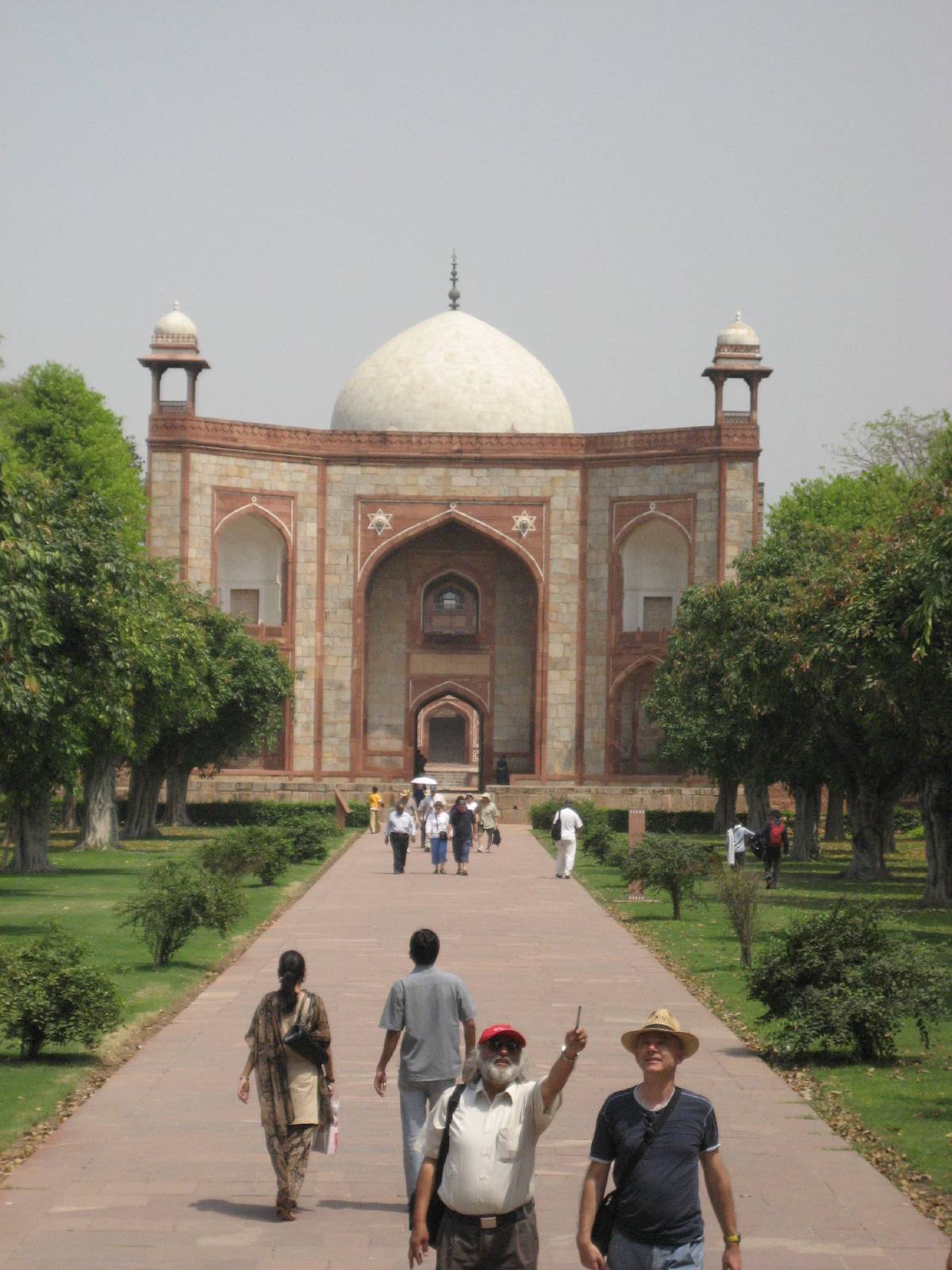

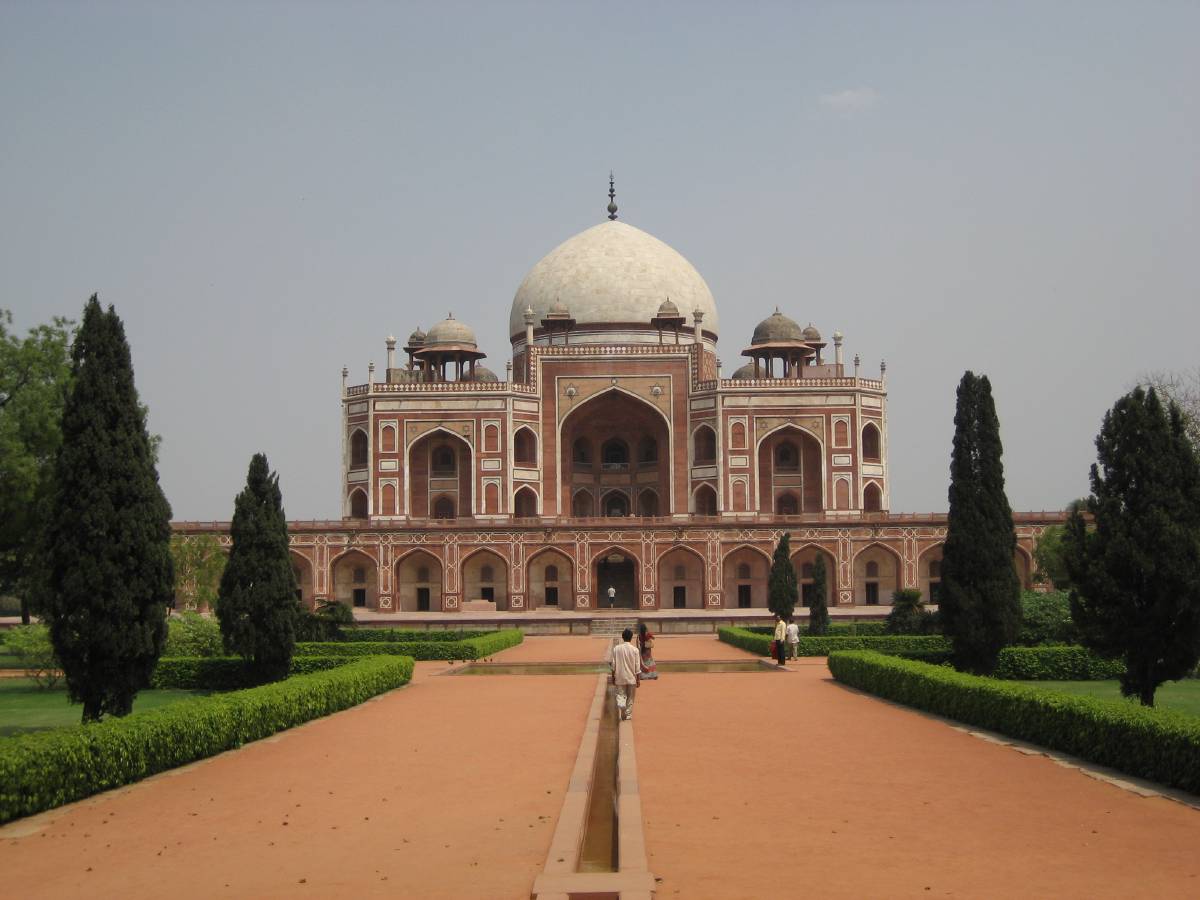

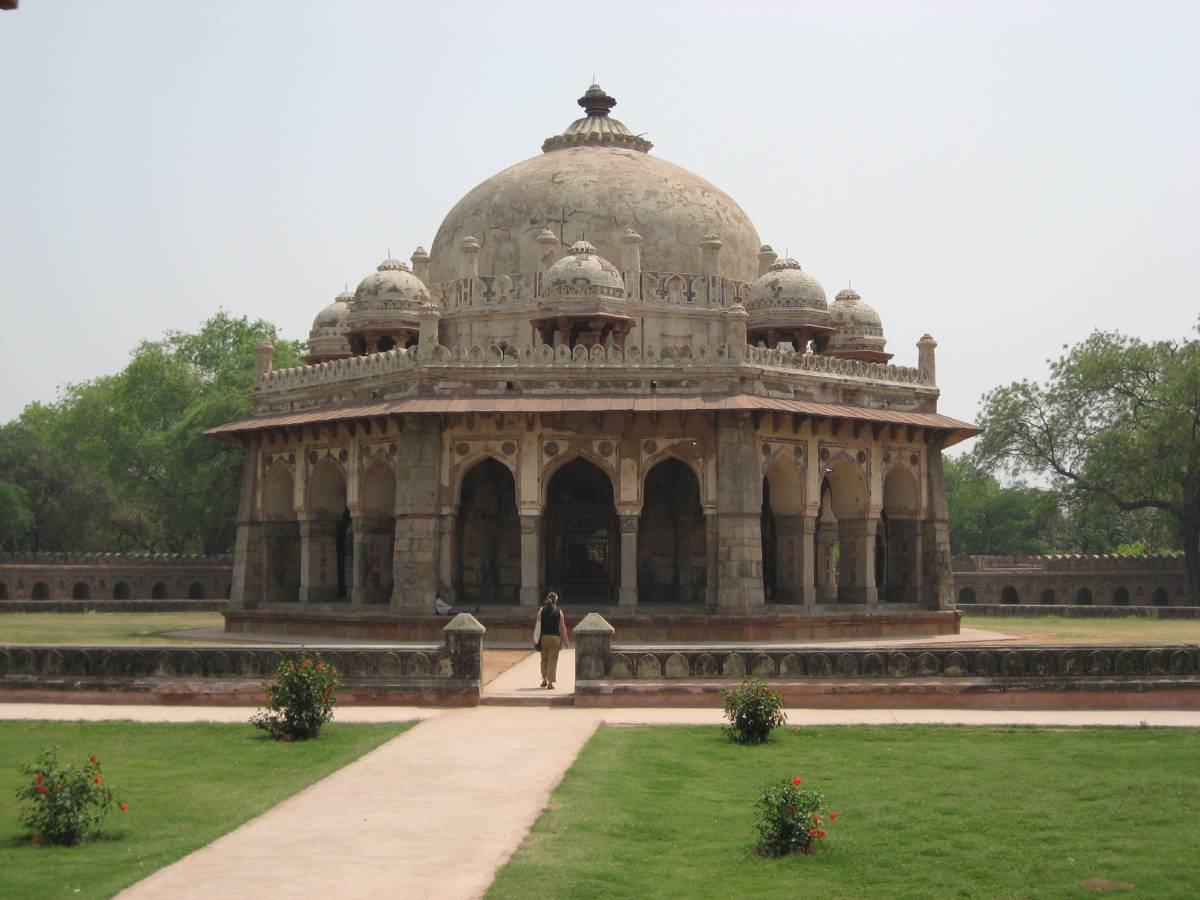
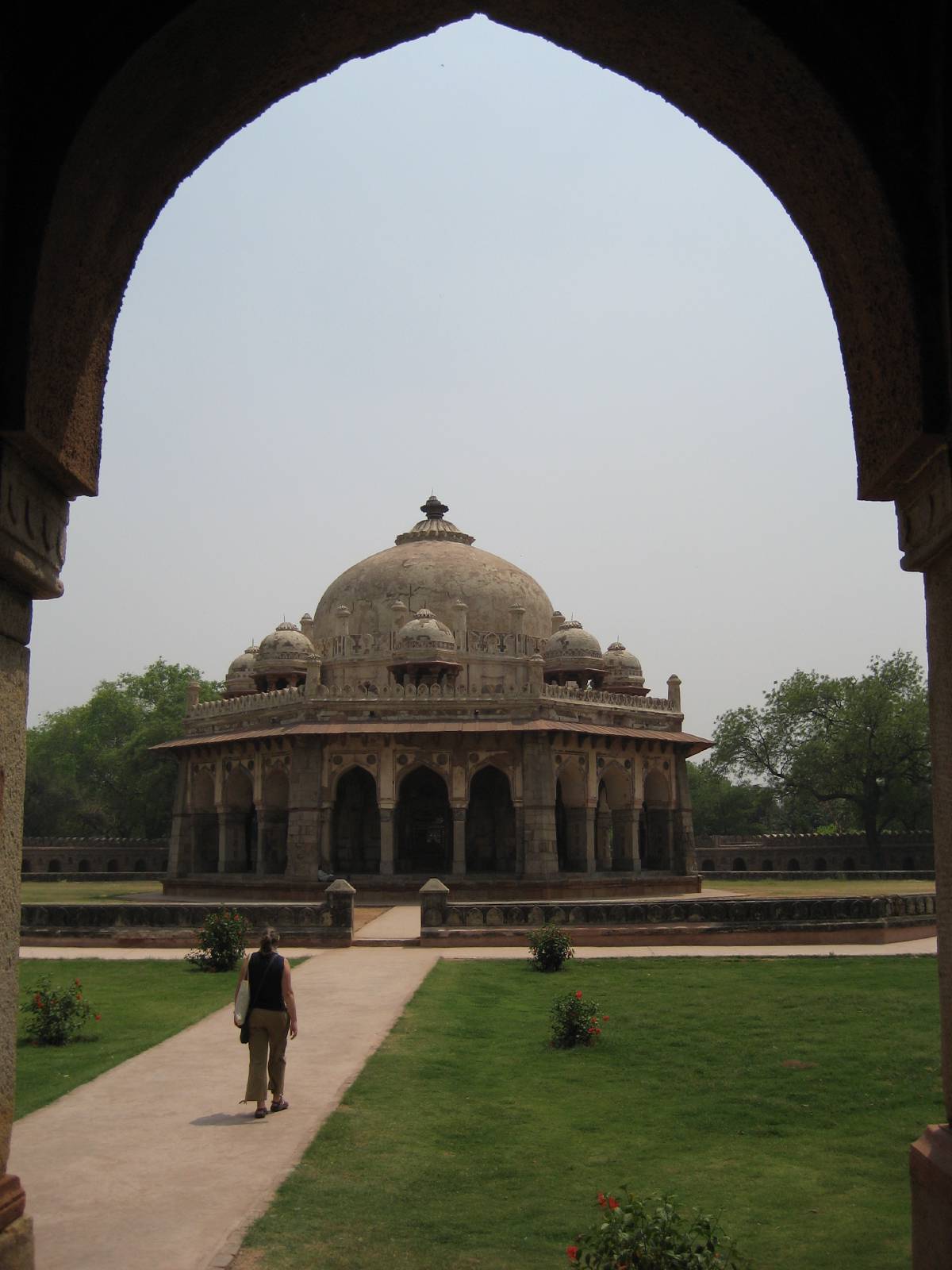

From Humayun’s Tomb to Agra Fort, the Mughal architecture and history is fascinating. Though I have to say, Akbar proved to be not the brightest of the bunch when it came to building big (I can’t claim the same for his rule.). He built the vast and elaborate walled city of Fatehpur Sikri near Agra with private residences for his three wives (a Hindu, Turkish Muslim and a Goan Christian) along with room for his 300 concubines, a library, a mosque, an artificial lake, beautiful gardens and much more. Unfortunately, he didn’t do a proper assessment of water and since there was not enough, he later abandoned Fatehpur Sikri.
The remains of the Mughal Empire have been a definite highlight of our visit to north India – or at least to Delhi and Agra.
Good on ya Mughals!
